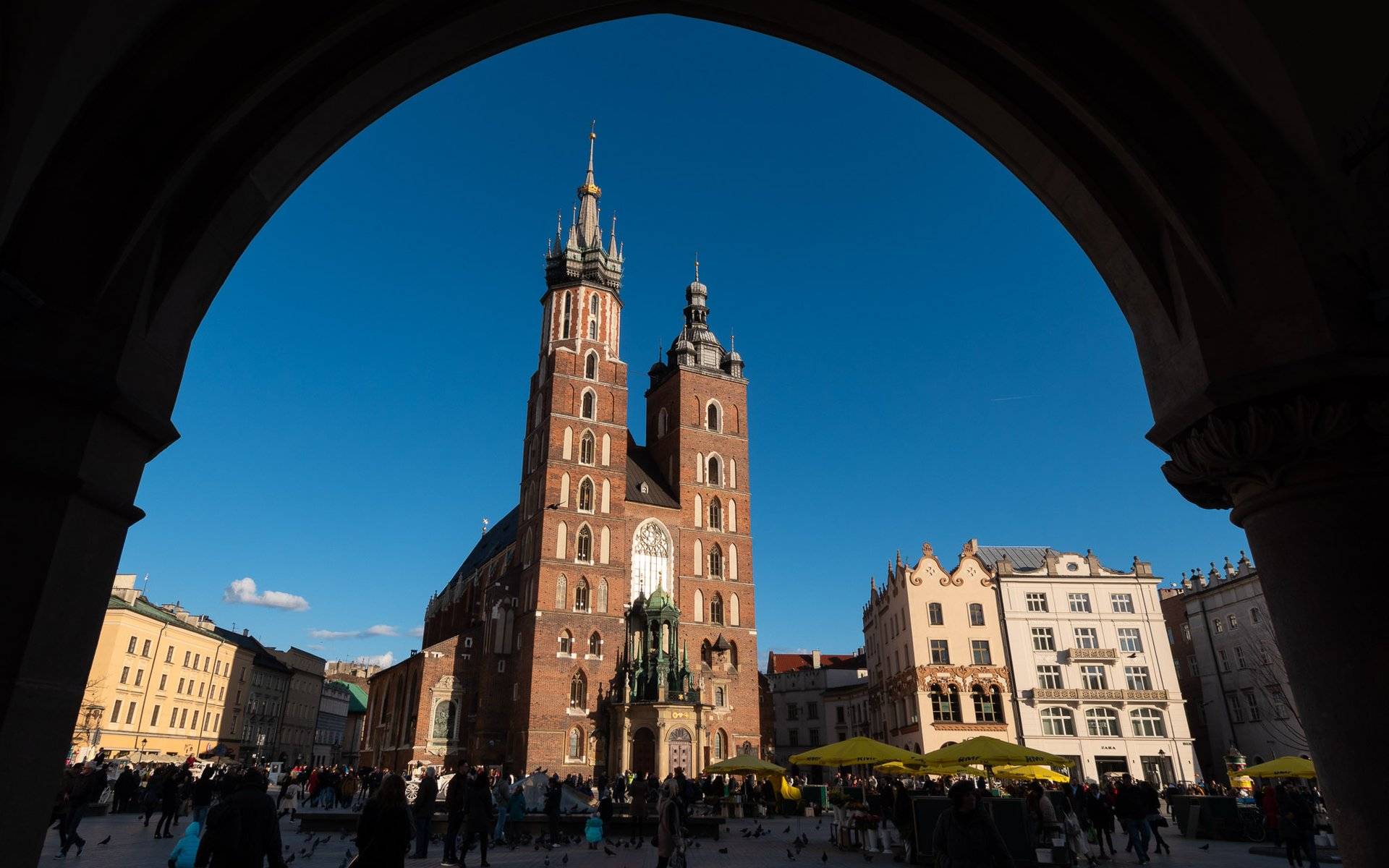[ENG]
During our stay at the Baltic Sea, we decided to take a short break from our daily laziness on the beach and go on a short trip inland to the neighboring commune, Trzebiatów. This choice was mainly due to its easy accessibility by regional trains, but also to my family's loose ties to the city. We did not expect that this one-day trip would provide us with so many experiences and allow us to discover such an interesting part of Western Pomerania. We arrived in Trzebiatów before noon, and our first steps were to the market square in search of coffee and cake. Interestingly, coffee and cake could only be bought in, not a café, but in one of the local flower shops. The city made a good impression on us - well-kept streets, lots of greenery and clearly visible historic buildings promised an interesting adventure. We started our tour from the market square, which is the heart of the city. Surrounded by colorful tenement houses from different eras, the market square has retained its historical charm and peaceful atmosphere. In the center is the Town Hall - one of the best preserved buildings of this type in Pomerania. We were delighted by its Gothic architecture and details that remind us of the city's rich history.
From the market square we went to one of the biggest attractions of Trzebiatów - the Church of the Motherhood of the Blessed Virgin Mary. It is an impressive temple from the 13th century, whose soaring tower is visible from afar. The interior of the church turned out to be incredibly atmospheric - Gothic vaults, historic organs and valuable polychromes create a unique atmosphere. We were also lucky to come across a moment when silence reigned inside, which allowed us to fully focus on the architectural details and the history of this place.
[PL]
Podczas pobytu nad Bałtykiem postanowiliśmy zrobić sobie małą przerwę od codziennego lenistwa na plaży i wybrać się na krótką wycieczkę w głąb lądu do sąsiedniej gminy, czyli do Trzebiatowa. Za takim wyborem przemawiała głównie łatwa dostępność pociągami regionalnymi, ale także luźne powiązanie mojej rodziny z tym miastem. Nie spodziewaliśmy się, że ta jednodniowa wyprawa dostarczy nam tylu wrażeń i pozwoli odkryć tak ciekawy fragment Pomorza Zachodniego.
Do Trzebiatowa dotarliśmy przed południem, a pierwsze kroki skierowaliśmy na rynek w poszukiwaniu kawy i ciasta. Co ciekawe kawę i ciasto dało się kupić tylko w, nie w kawiarni, ale w jednej z lokalnych kwiaciarni. Miasto zrobiło na nas dobre wrażenie – zadbane ulice, dużo zieleni i wyraźnie widoczna zabytkowa zabudowa zapowiadały interesującą przygodę. Zwiedzanie rozpoczęliśmy od rynku, który jest sercem miasta. Otoczony kolorowymi kamienicami z różnych epok, rynek zachował swój historyczny urok i spokojną atmosferę. W centrum znajduje się Ratusz – jeden z najlepiej zachowanych obiektów tego typu na Pomorzu. Zachwyciła nas jego gotycka architektura i detale, które przypominają o bogatej historii miasta.
Z rynku udaliśmy się do jednej z największych atrakcji Trzebiatowa – Kościoła Macierzyństwa Najświętszej Maryi Panny. To imponująca świątynia z XIII wieku, której strzelista wieża widoczna jest już z daleka. Wnętrze kościoła okazało się niezwykle klimatyczne – gotyckie sklepienia, zabytkowe organy i cenne polichromie tworzą wyjątkowy nastrój. Mieliśmy też szczęście trafić na chwilę, kiedy we wnętrzu panowała cisza, co pozwoliło nam w pełni skupić się na detalach architektonicznych i historii tego miejsca.
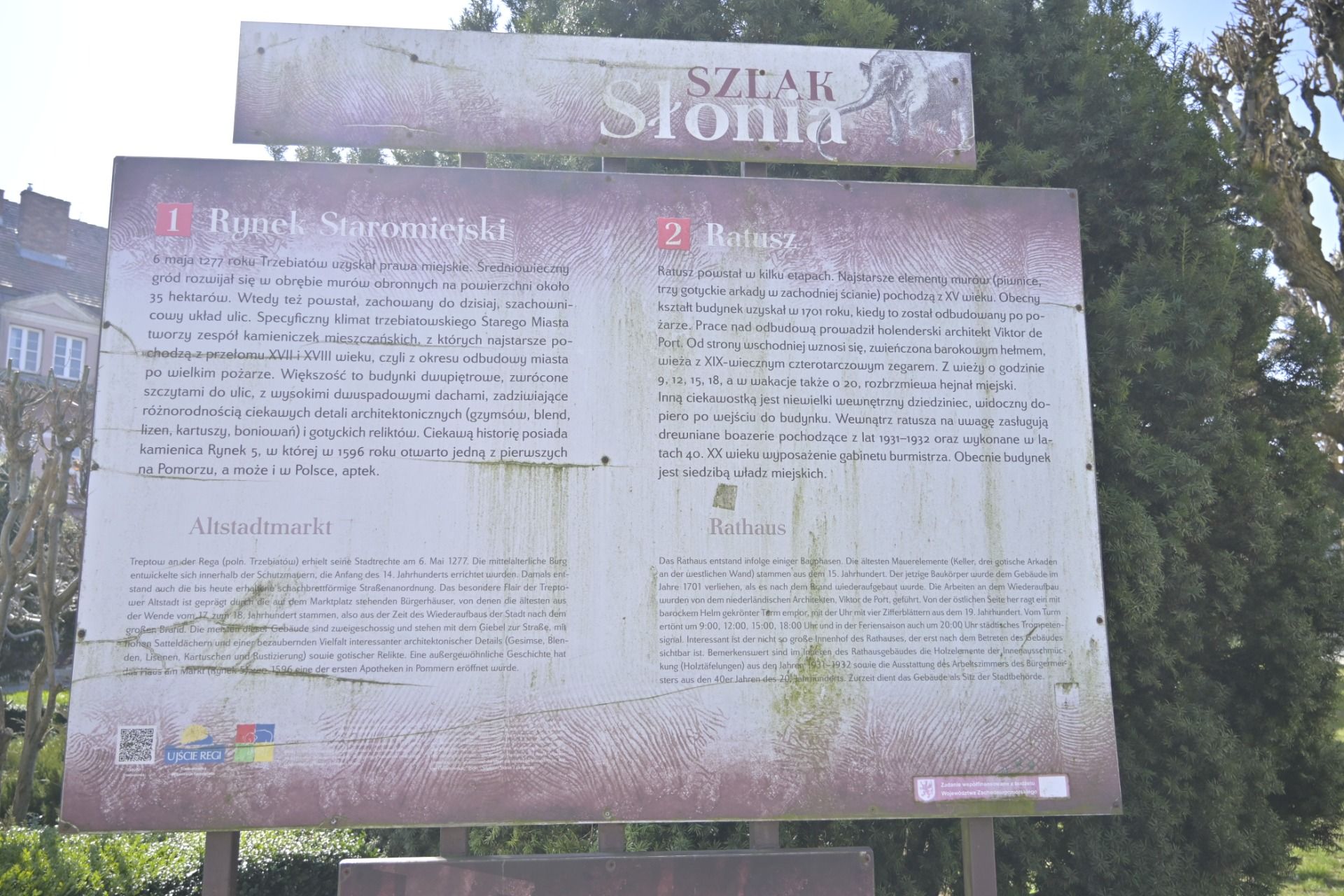
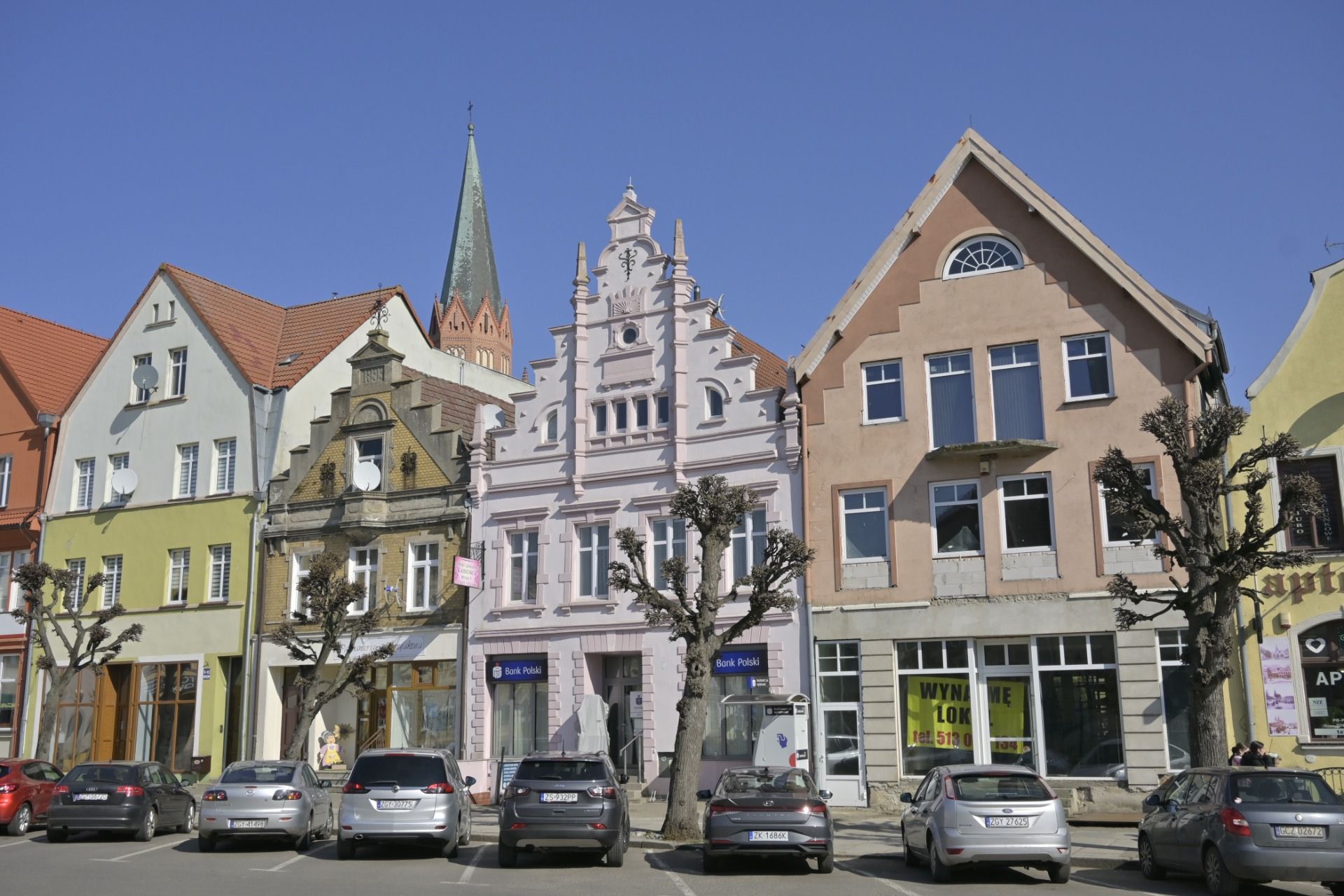
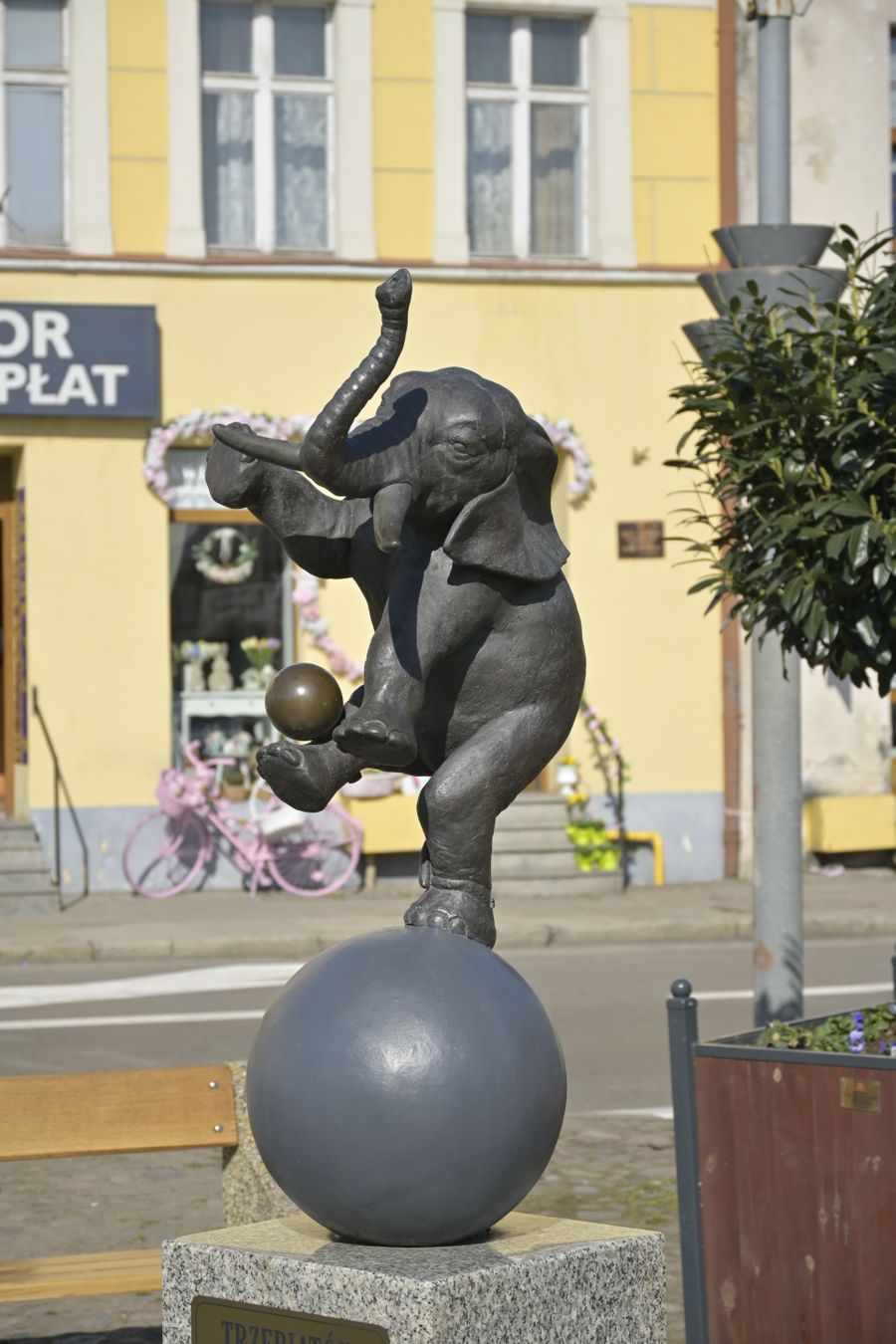
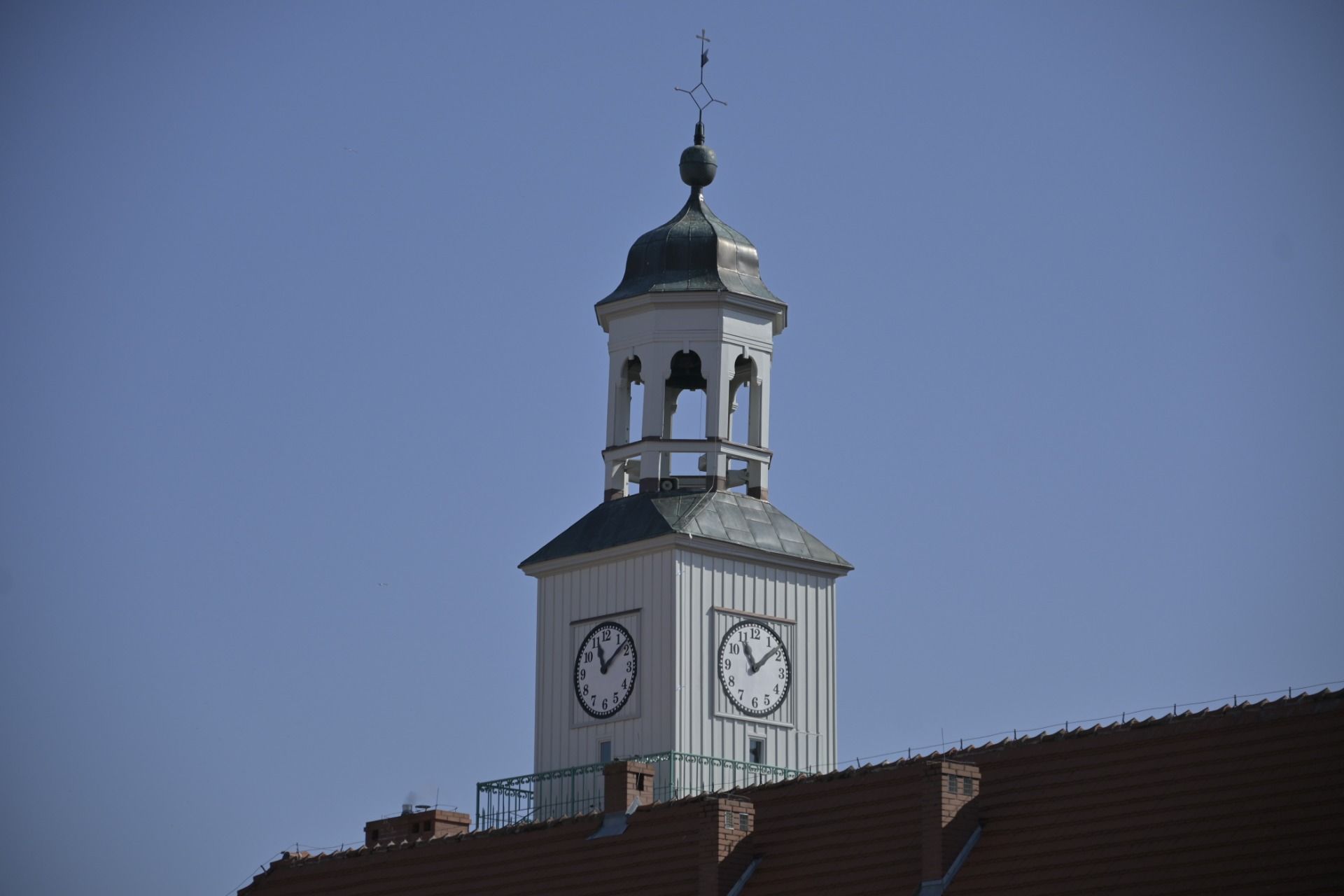
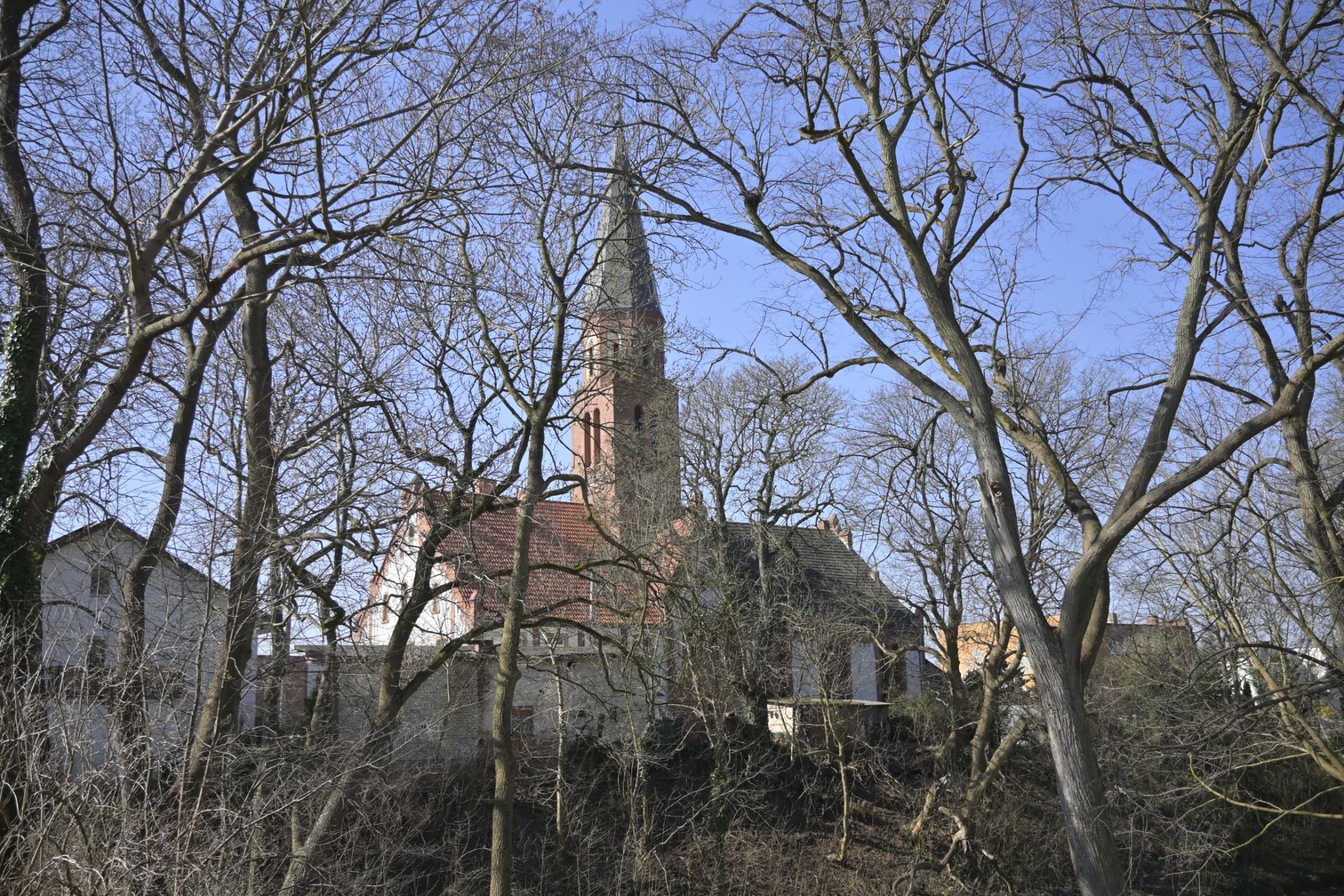
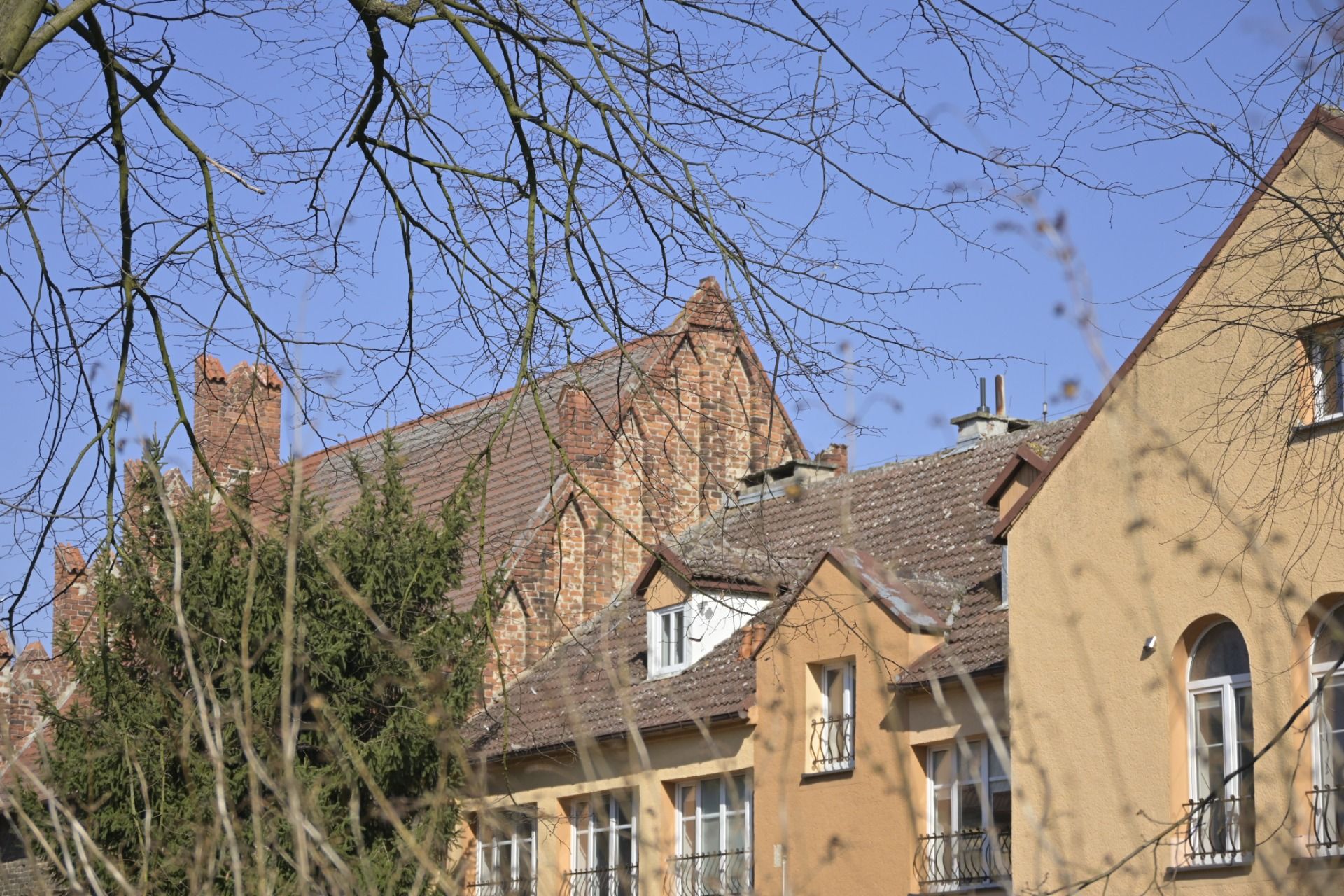

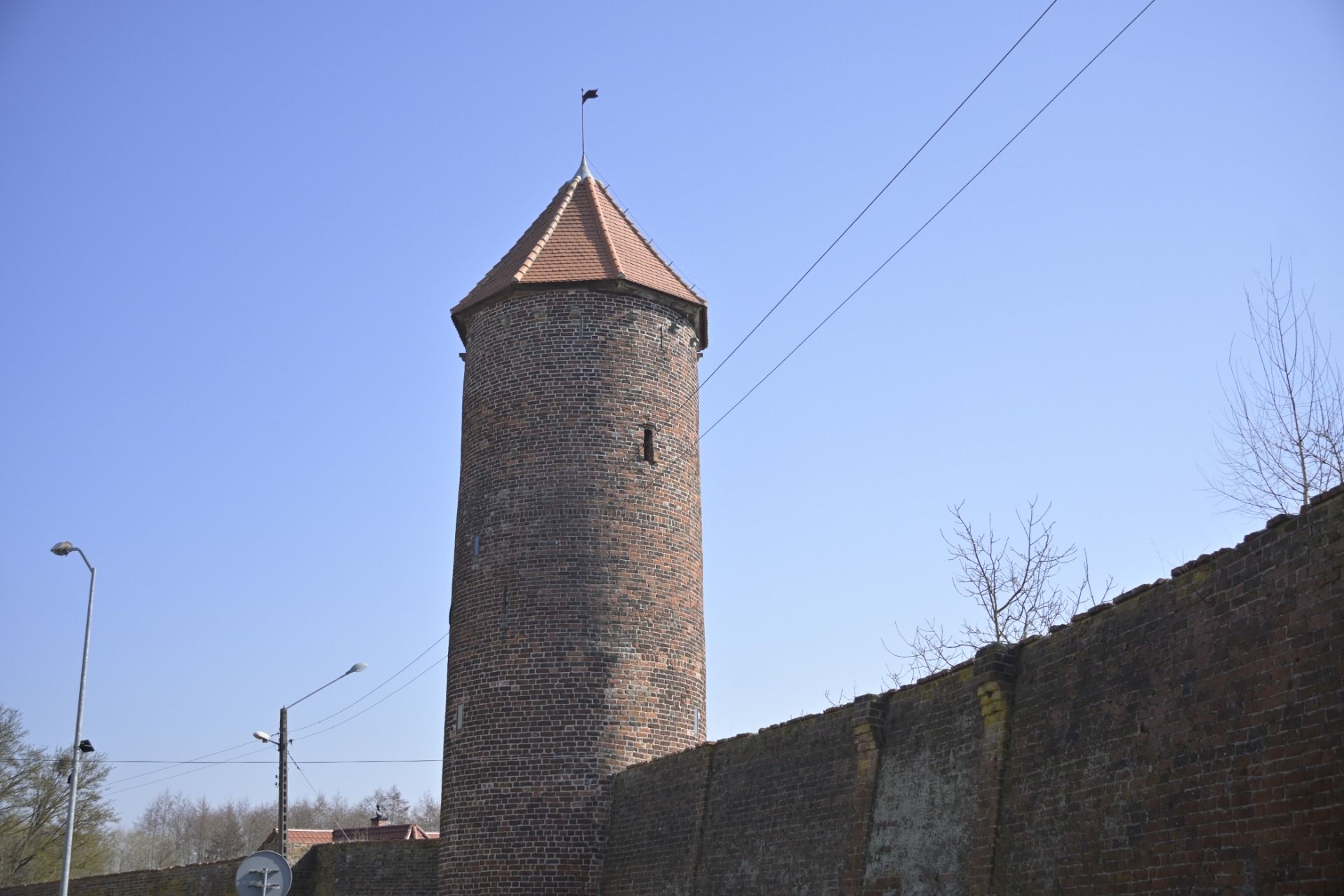
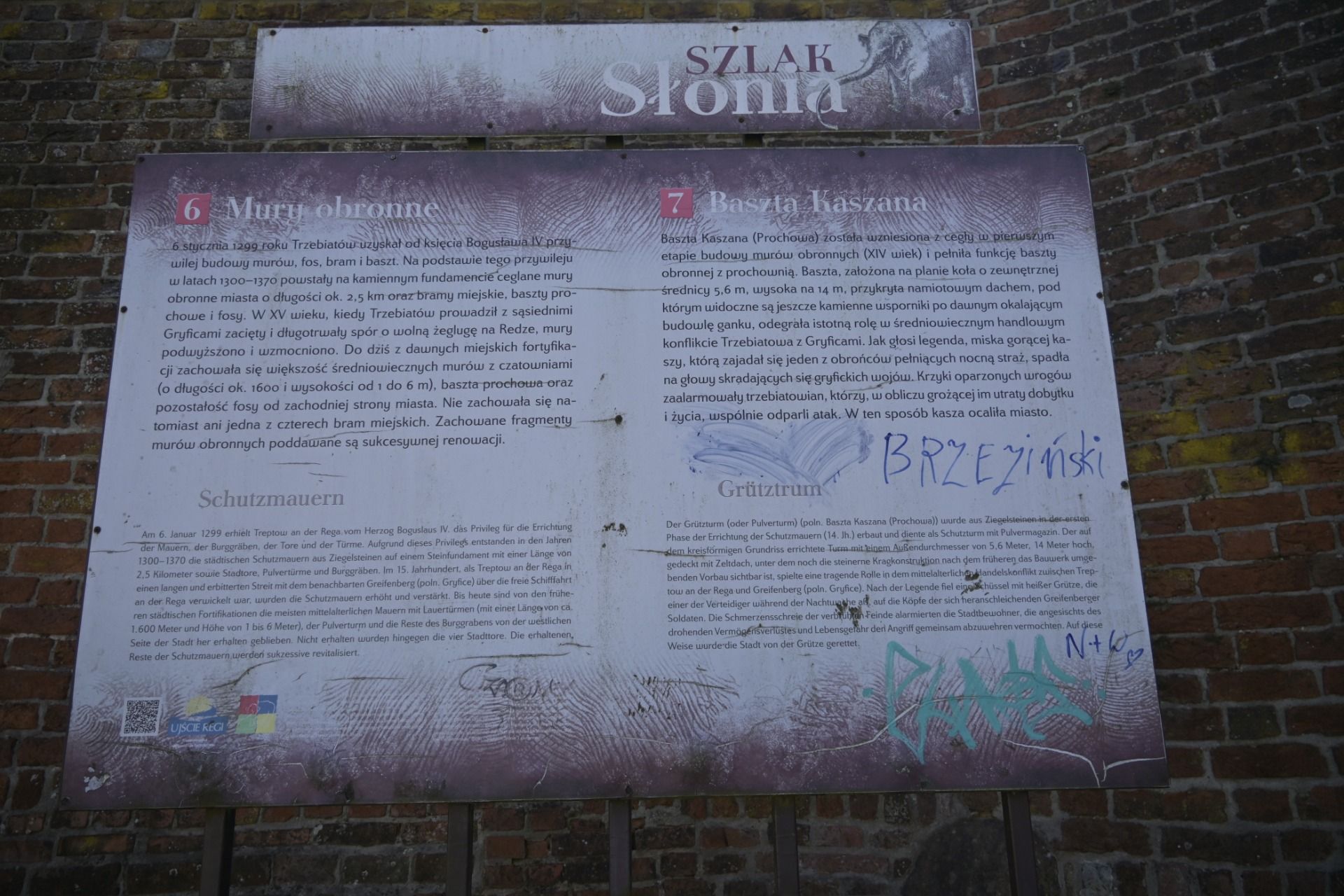
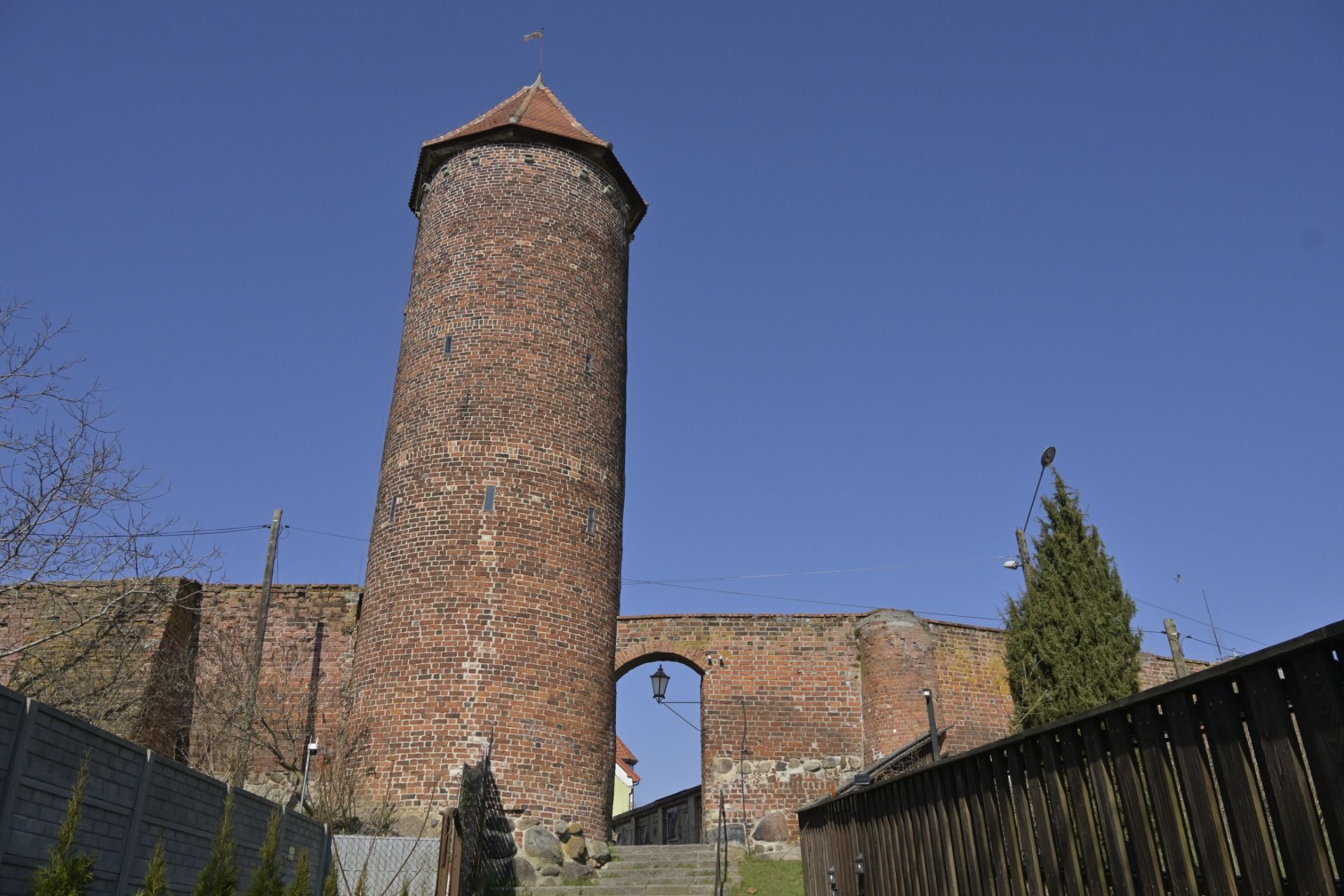
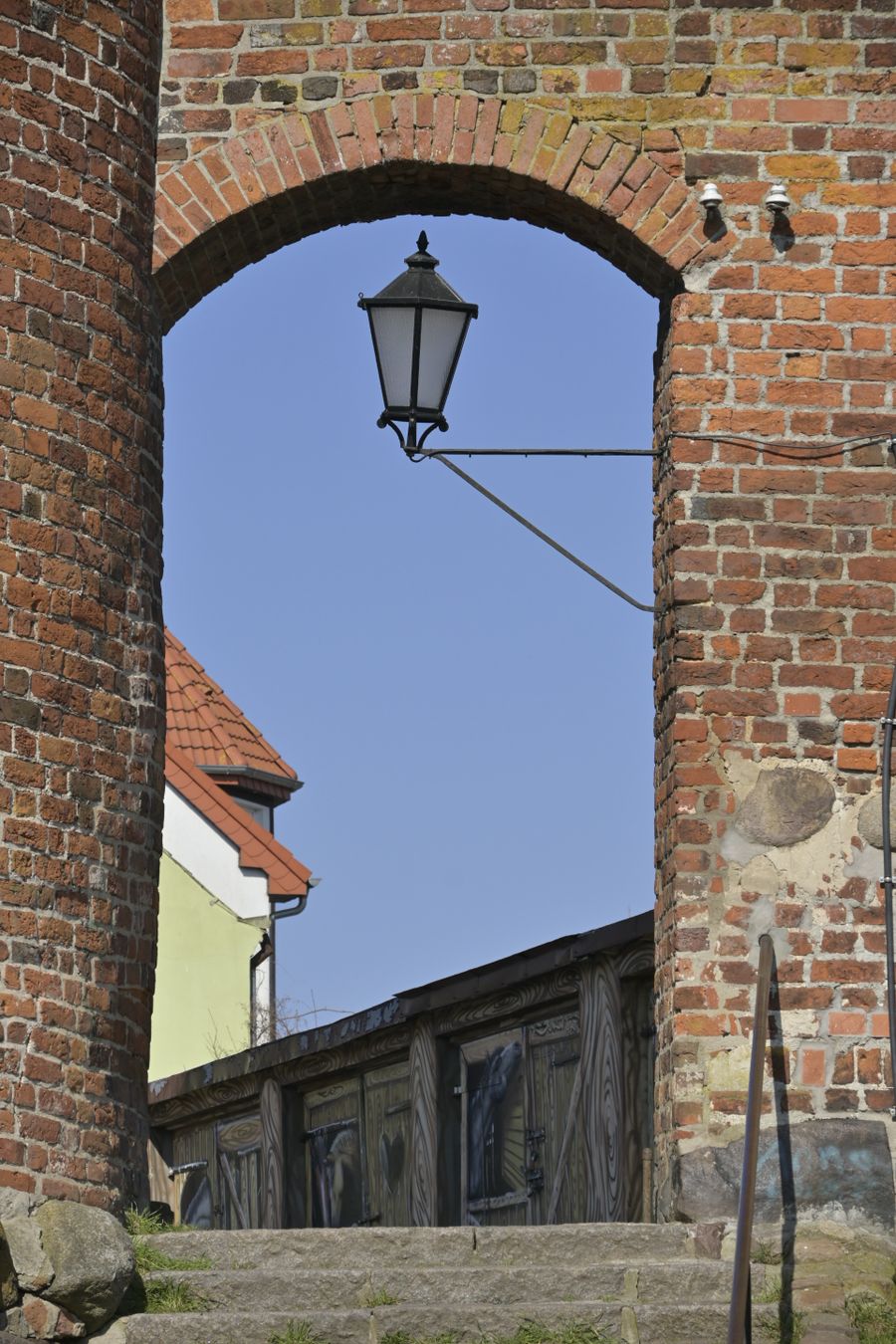
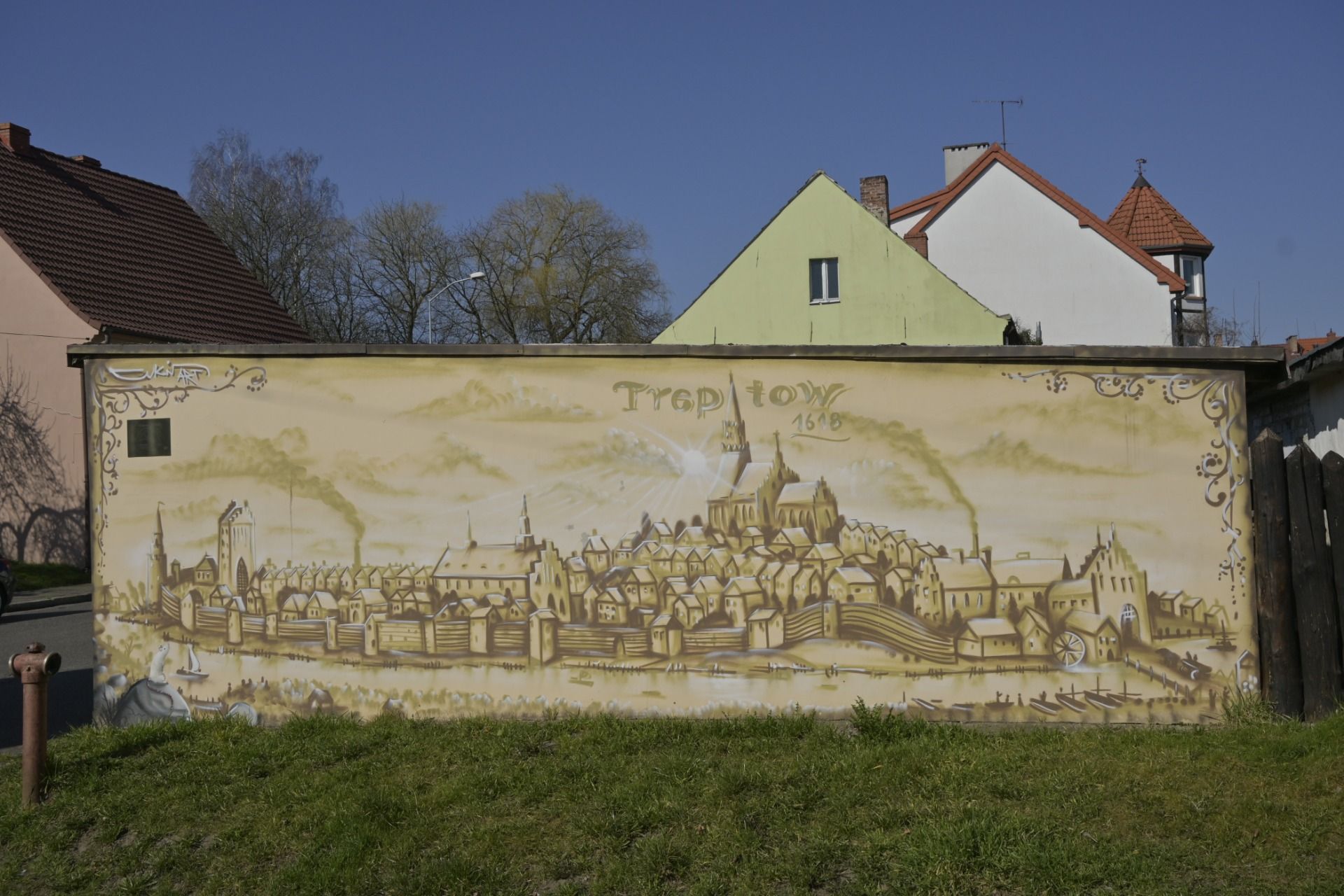
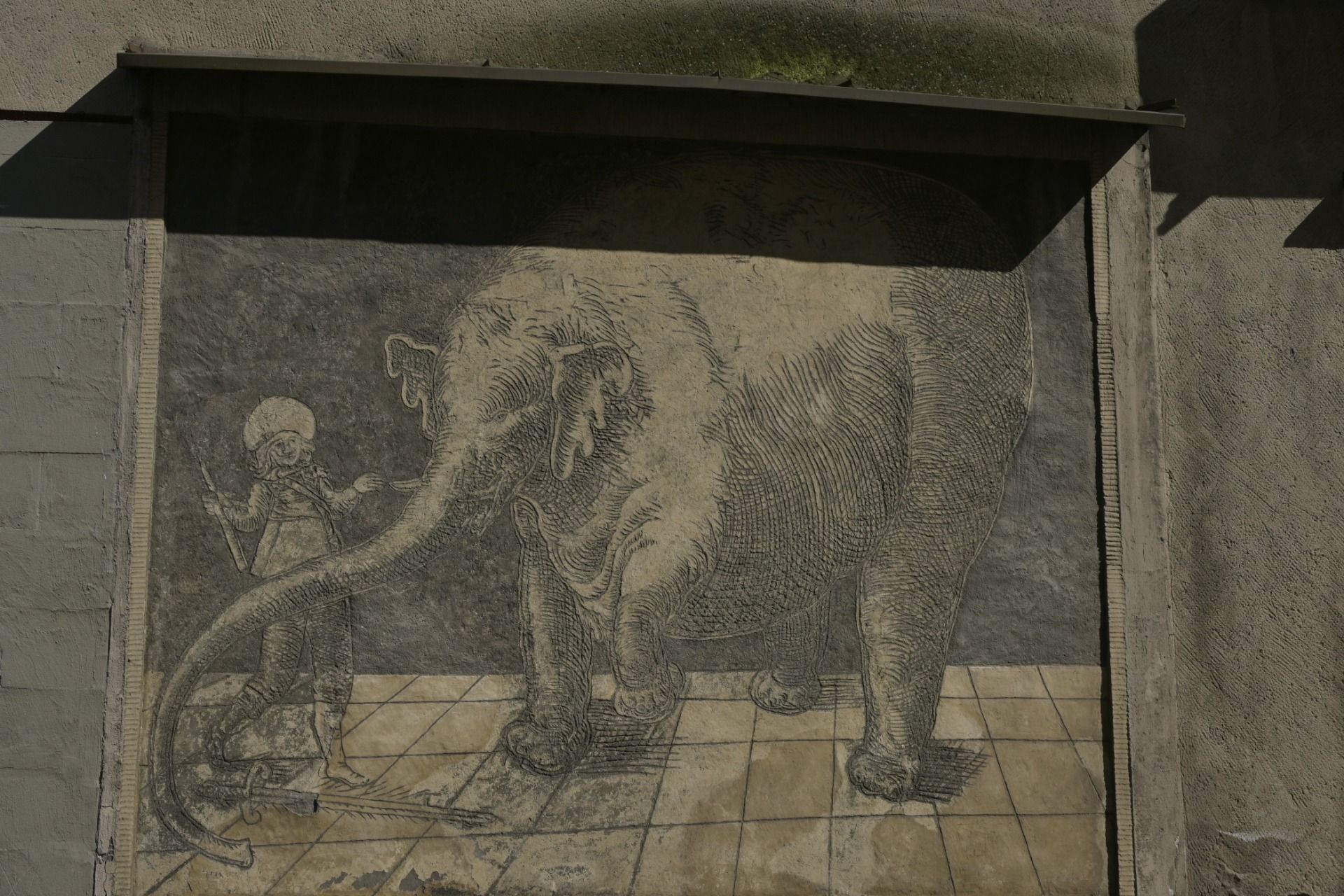
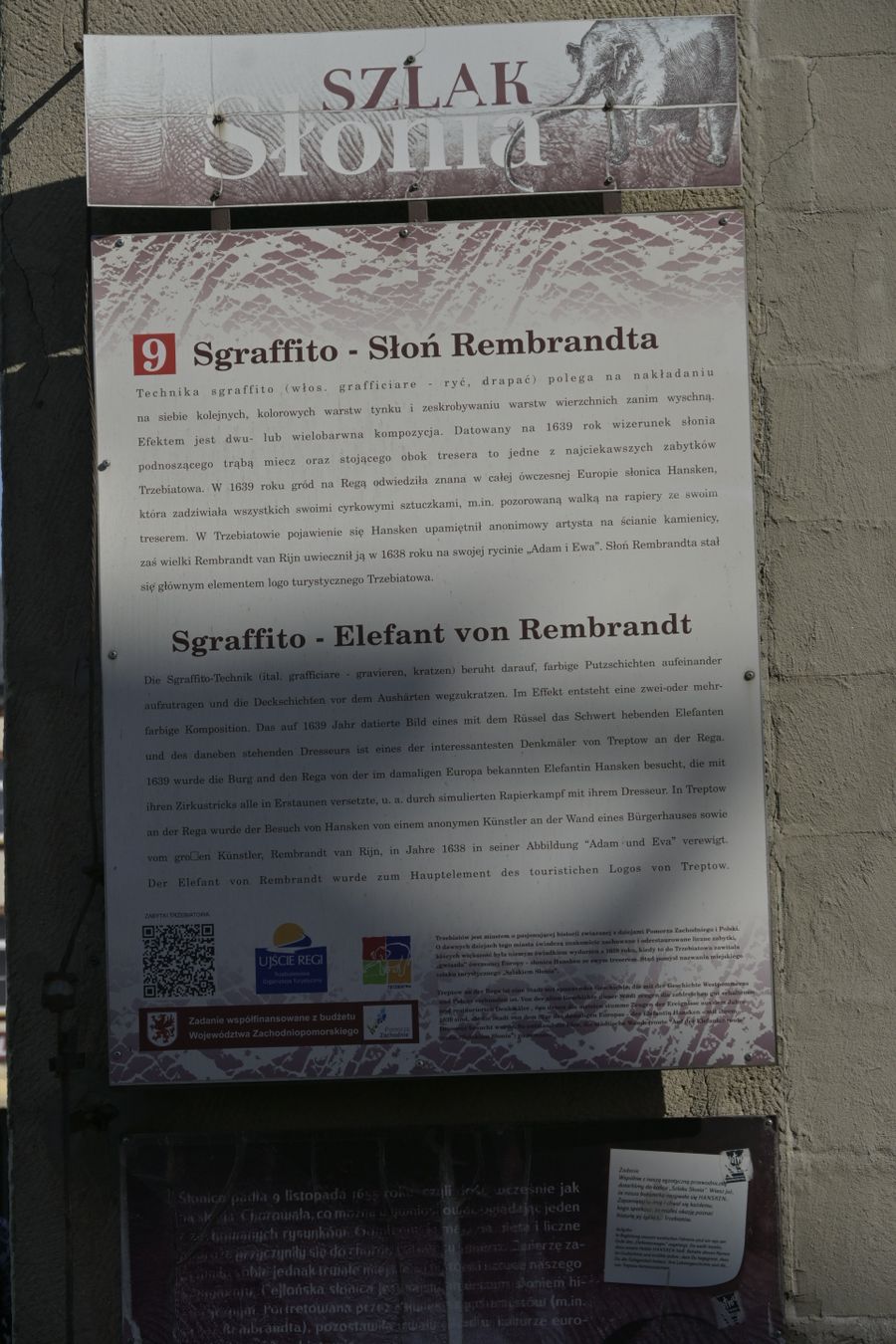
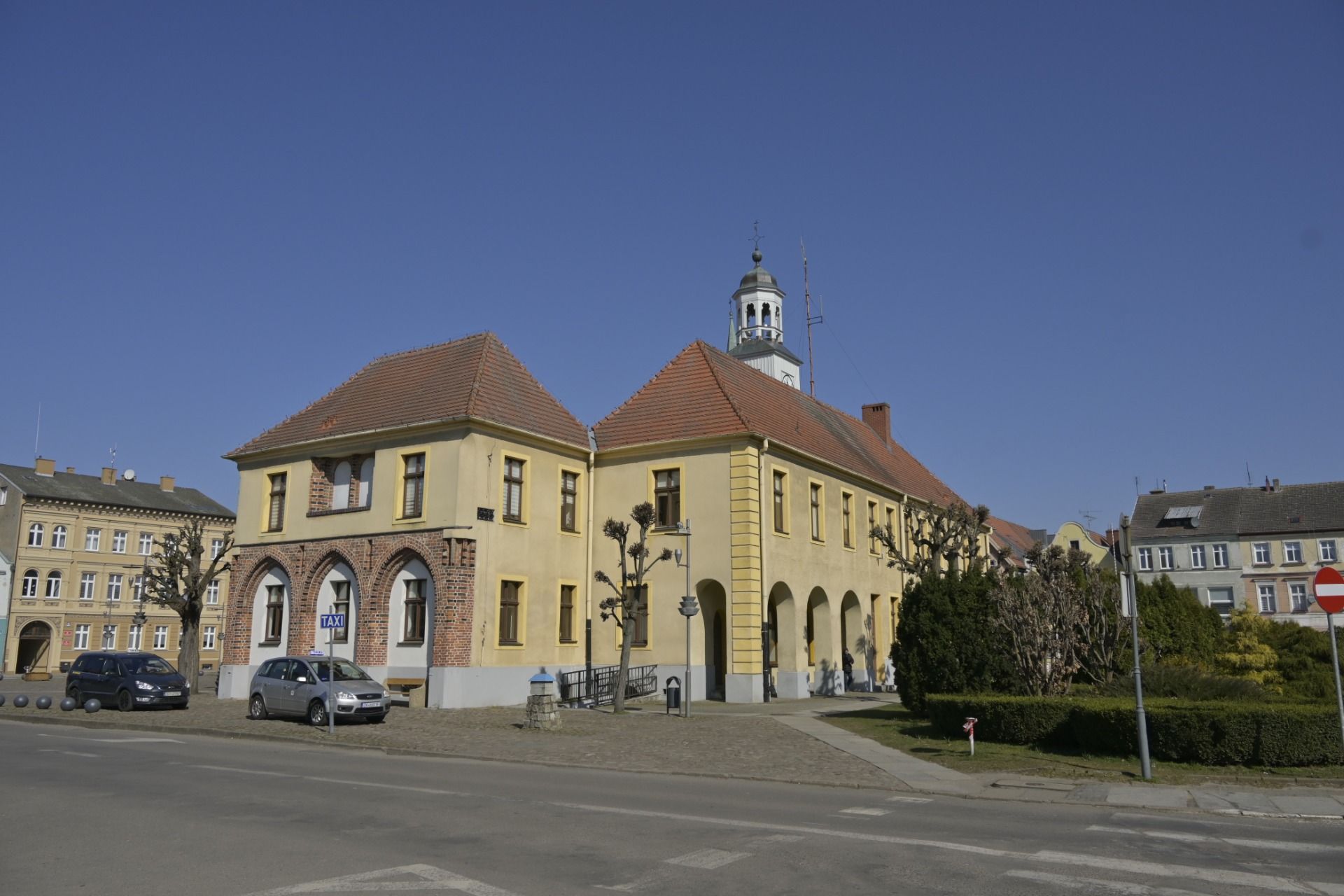
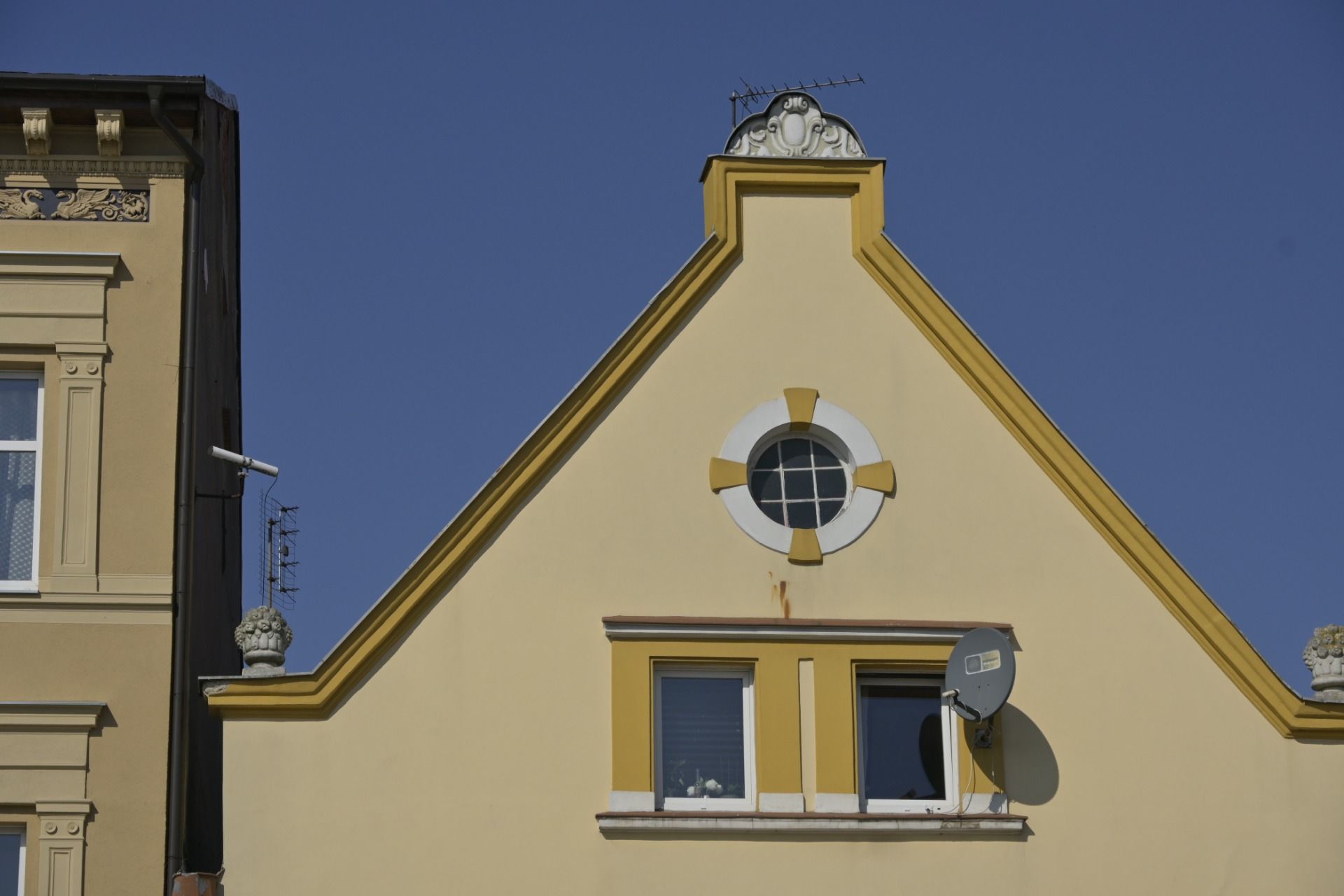
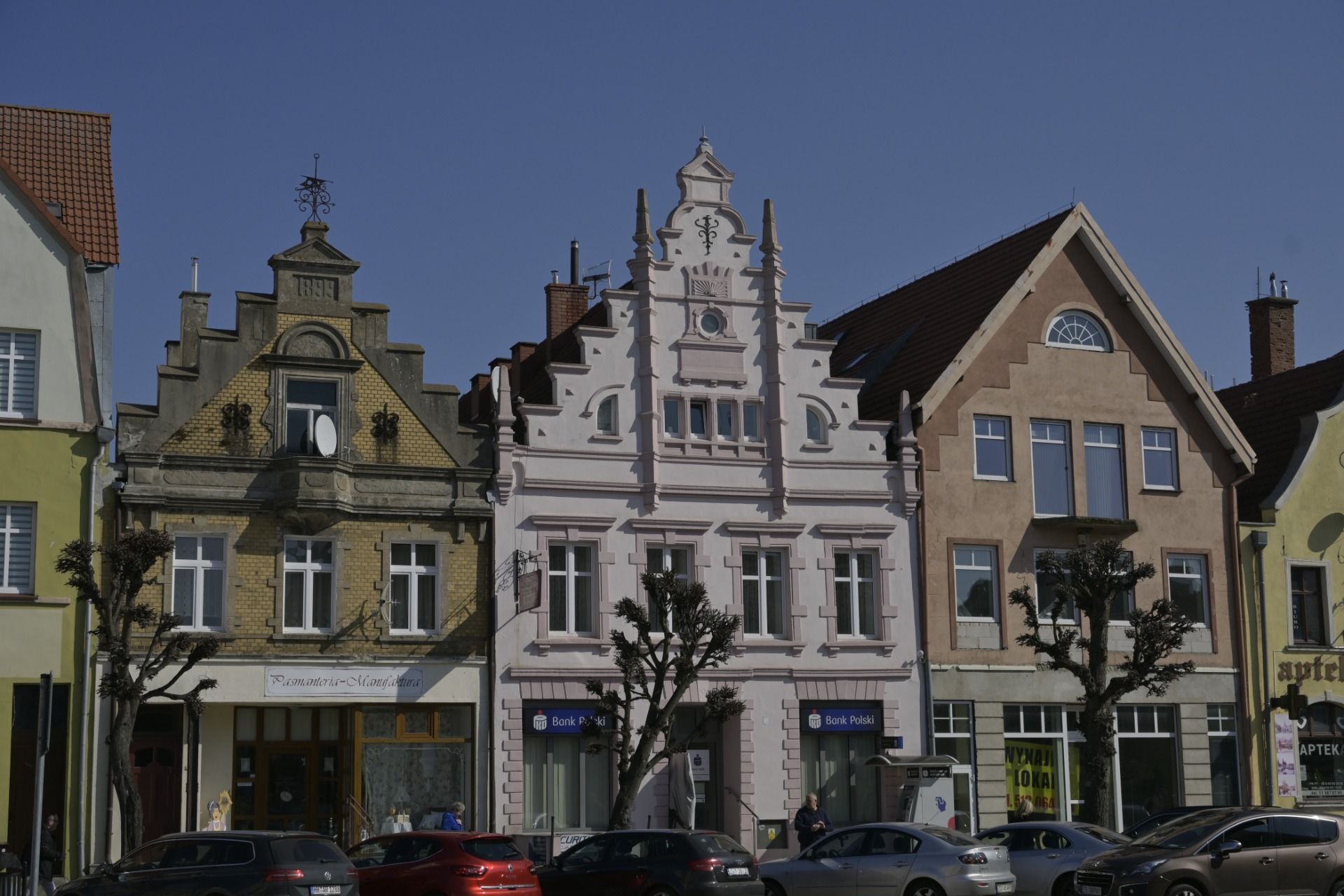
[ENG]
The next point of our trip was the famous elephant mural - an unusual attraction, but very characteristic of Trzebiatów. The elephant painted on one of the tenement houses reminds us of an old legend related to the circus, which was supposed to come to the city in the 18th century. It is a small but charming accent, which shows that Trzebiatów can surprise with humor and originality.
The prince's palace, formerly the residence of the Gryfita family, turned out to be a particularly interesting place. Today, it houses the Trzebiatów Cultural Centre, but it has retained much of its historic character. The palace is surrounded by a large park, perfect for a leisurely stroll. Inside, you can see exhibitions on local history, as well as take a look at the interiors that once hosted princes and celebrities. The history of this place dates back to the Middle Ages, and the building itself has been rebuilt many times, which is visible in its diverse architecture. Finally, we visited the Kaszana Tower – one of the preserved parts of the old city fortifications. The name may make you smile, but the place itself is quite impressive. The narrow stairs leading up, the cool stone walls and the view over the rooftops of Trzebiatów are an interesting journey back in time. From the top, you can also see other parts of the old walls, which allows you to imagine what the defensive face of the city once looked like.
[PL]
Kolejnym punktem naszej wycieczki był słynny mural słonia – nietypowa atrakcja, ale bardzo charakterystyczna dla Trzebiatowa. Słoń namalowany na jednej z kamienic przypomina o dawnej legendzie związanej z cyrkiem, który miał zawitać do miasta w XVIII wieku. To niewielki, ale uroczy akcent, który pokazuje, że Trzebiatów potrafi zaskoczyć humorem i oryginalnością.
Szczególnie interesującym miejscem okazał się pałac książęcy, dawniej rezydencja Gryfitów. Obecnie mieści się w nim Trzebiatowski Ośrodek Kultury, ale nadal zachował wiele ze swojego historycznego charakteru. Pałac otacza rozległy park, idealny na spokojny spacer. Wewnątrz można obejrzeć wystawy poświęcone lokalnej historii, a także przyjrzeć się wnętrzom, które w przeszłości gościły książęta i znane osobistości. Historia tego miejsca sięga średniowiecza, a sam budynek wielokrotnie przebudowywano, co widać w zróżnicowanej architekturze.
Na koniec odwiedziliśmy jeszcze basztę kaszaną – jedną z zachowanych części dawnych fortyfikacji miejskich. Nazwa może wywołać uśmiech, ale miejsce samo w sobie robi spore wrażenie. Wąskie schody prowadzące na górę, chłodne kamienne ściany i widok na dachy Trzebiatowa to ciekawa podróż w czasie. Z góry można też dostrzec inne fragmenty dawnych murów, co pozwala sobie wyobrazić, jak kiedyś wyglądało obronne oblicze miasta.
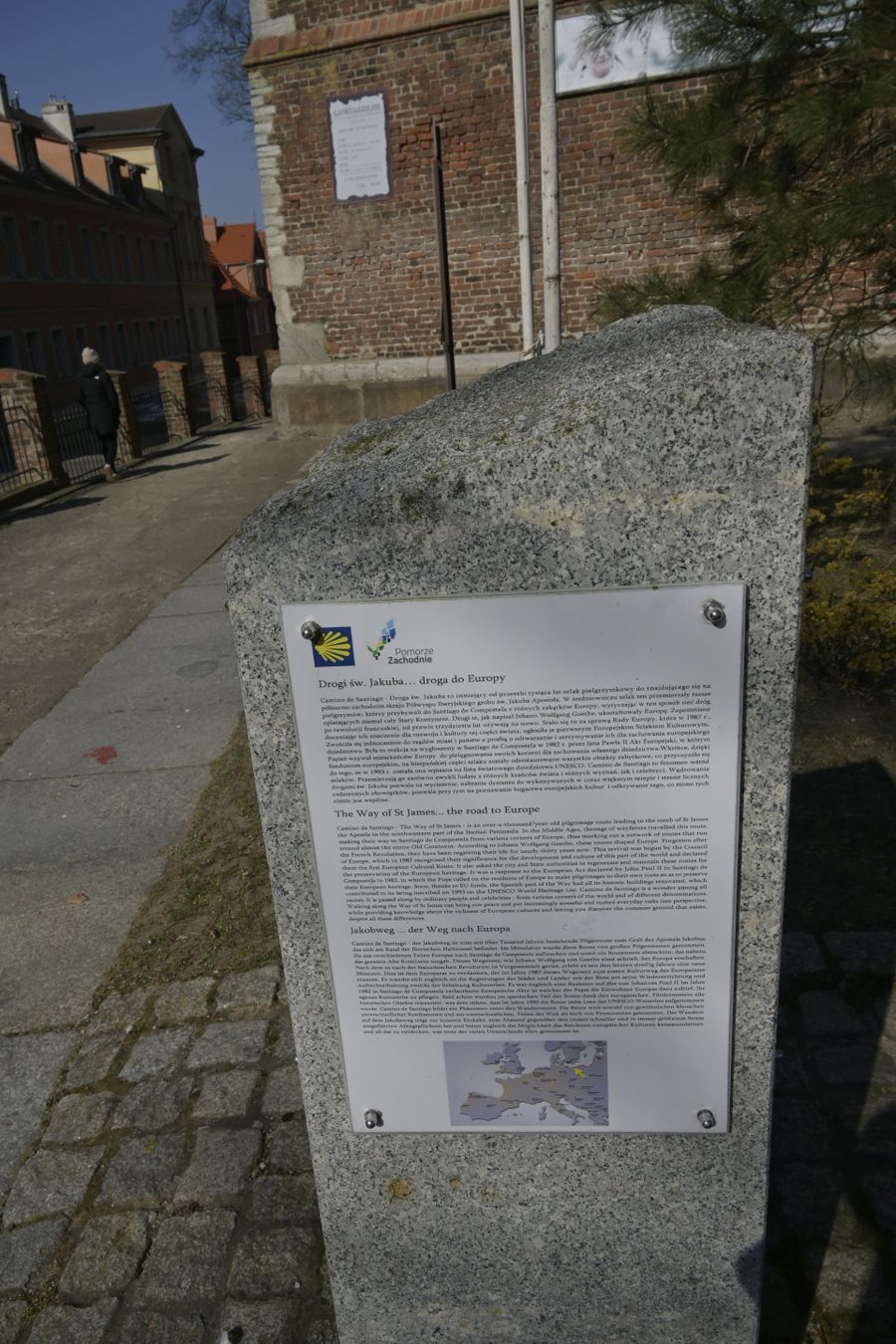
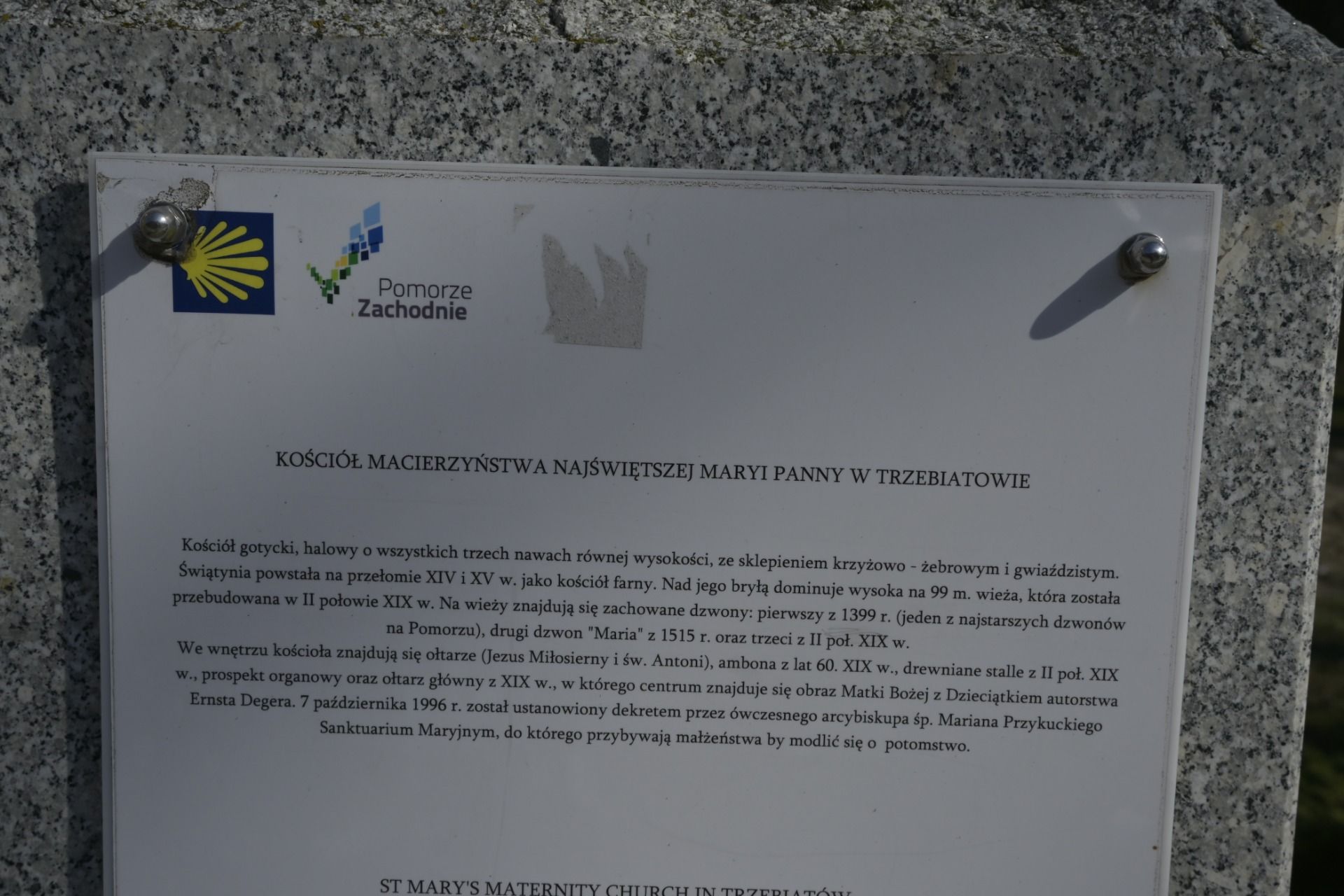
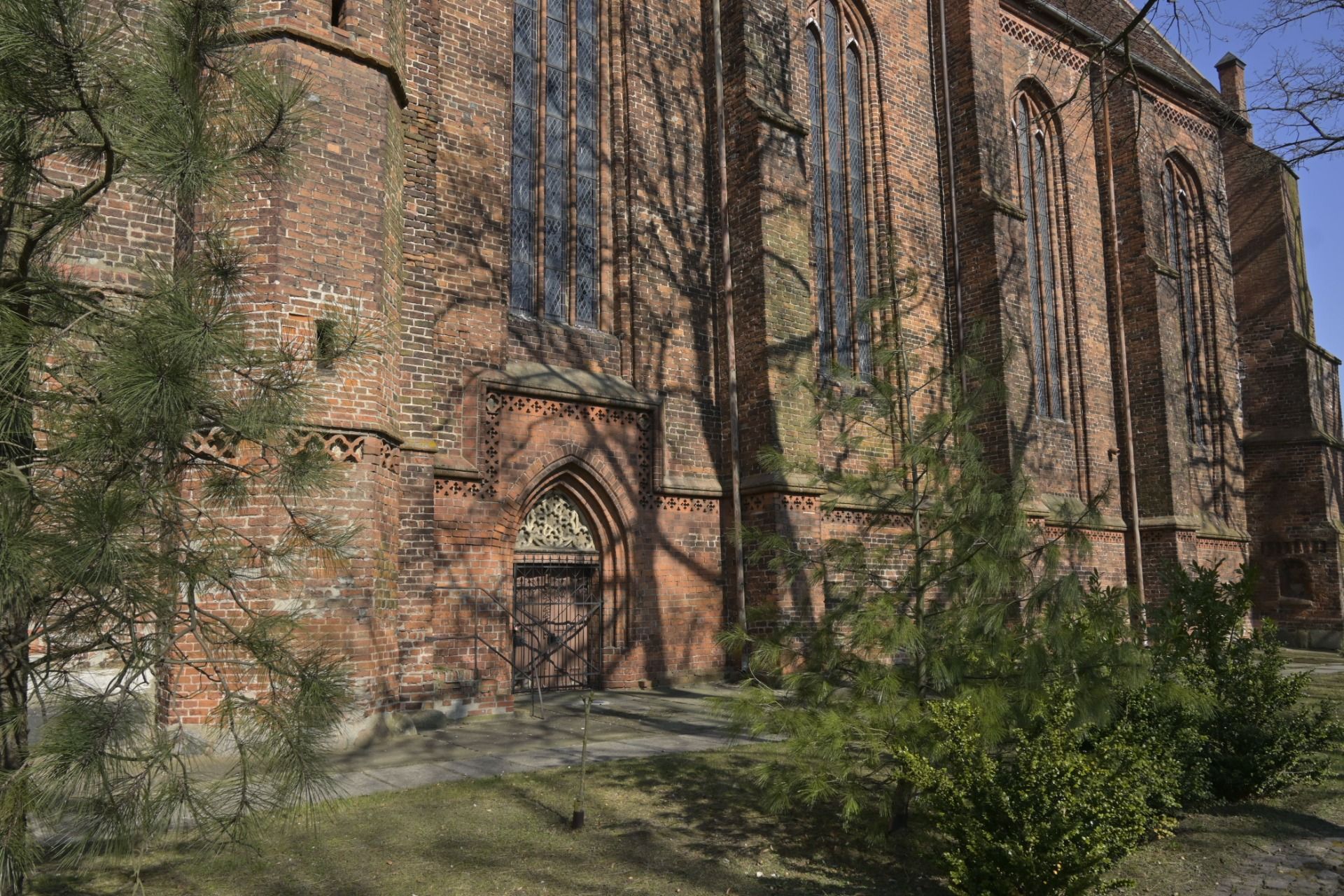
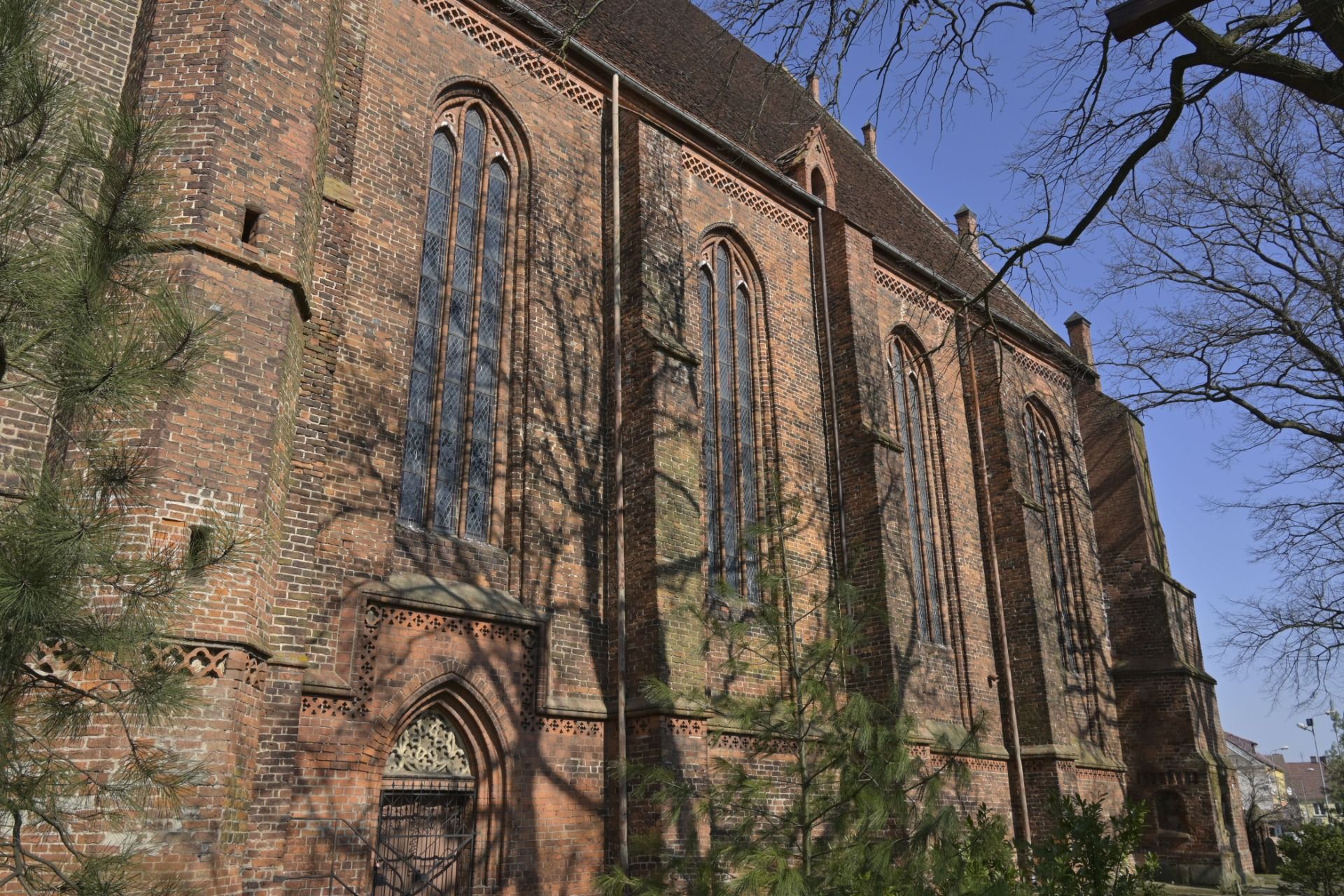
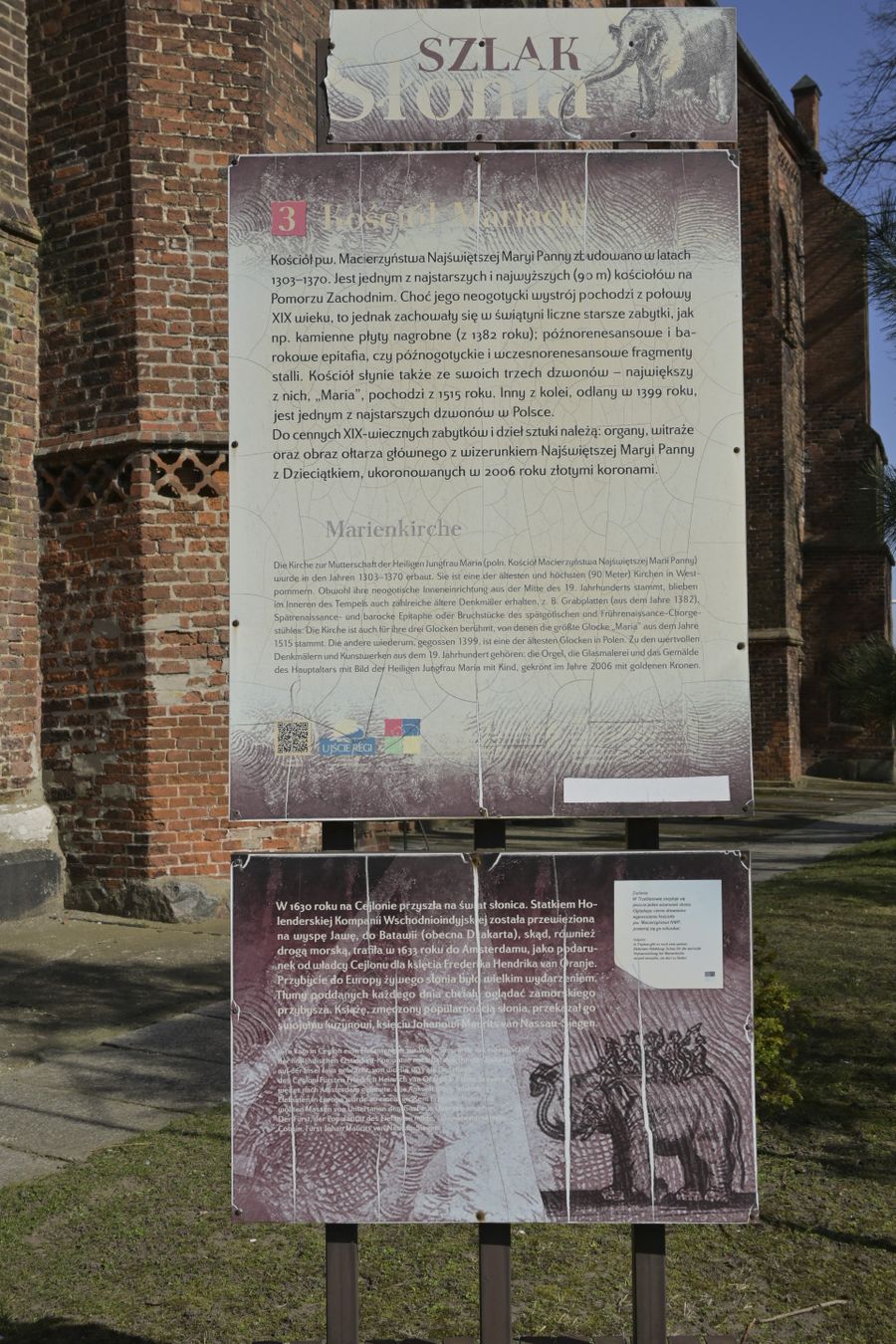


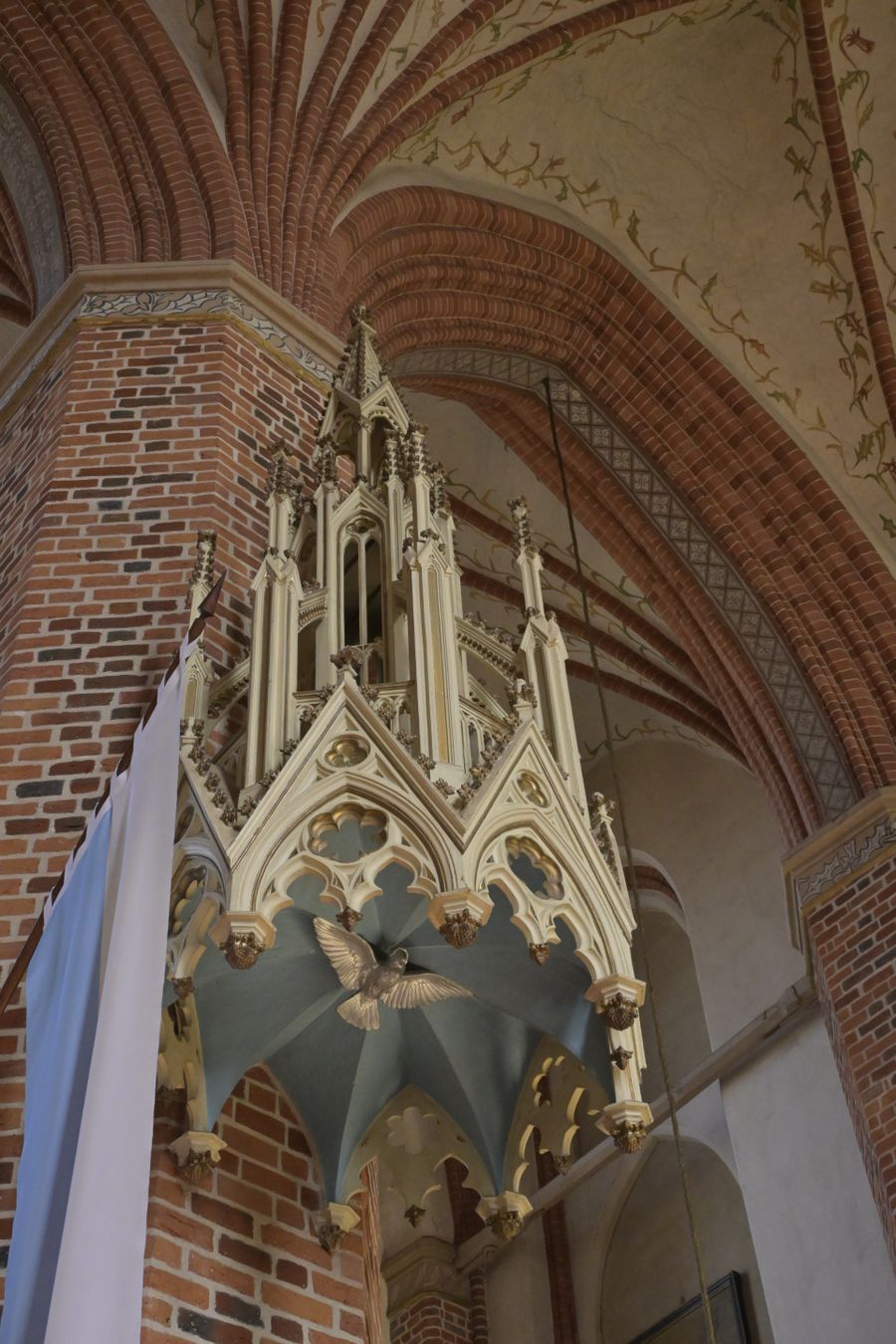
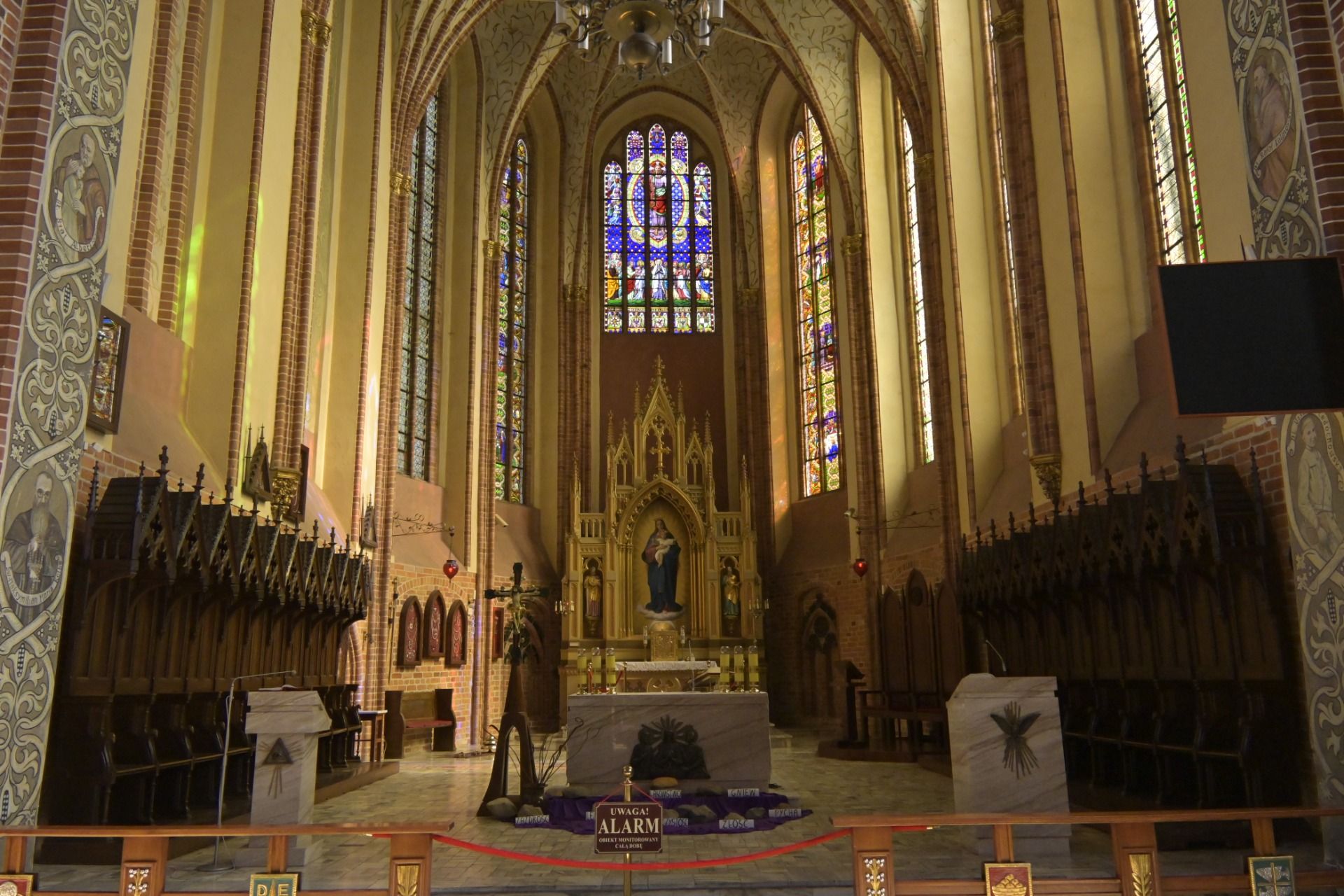
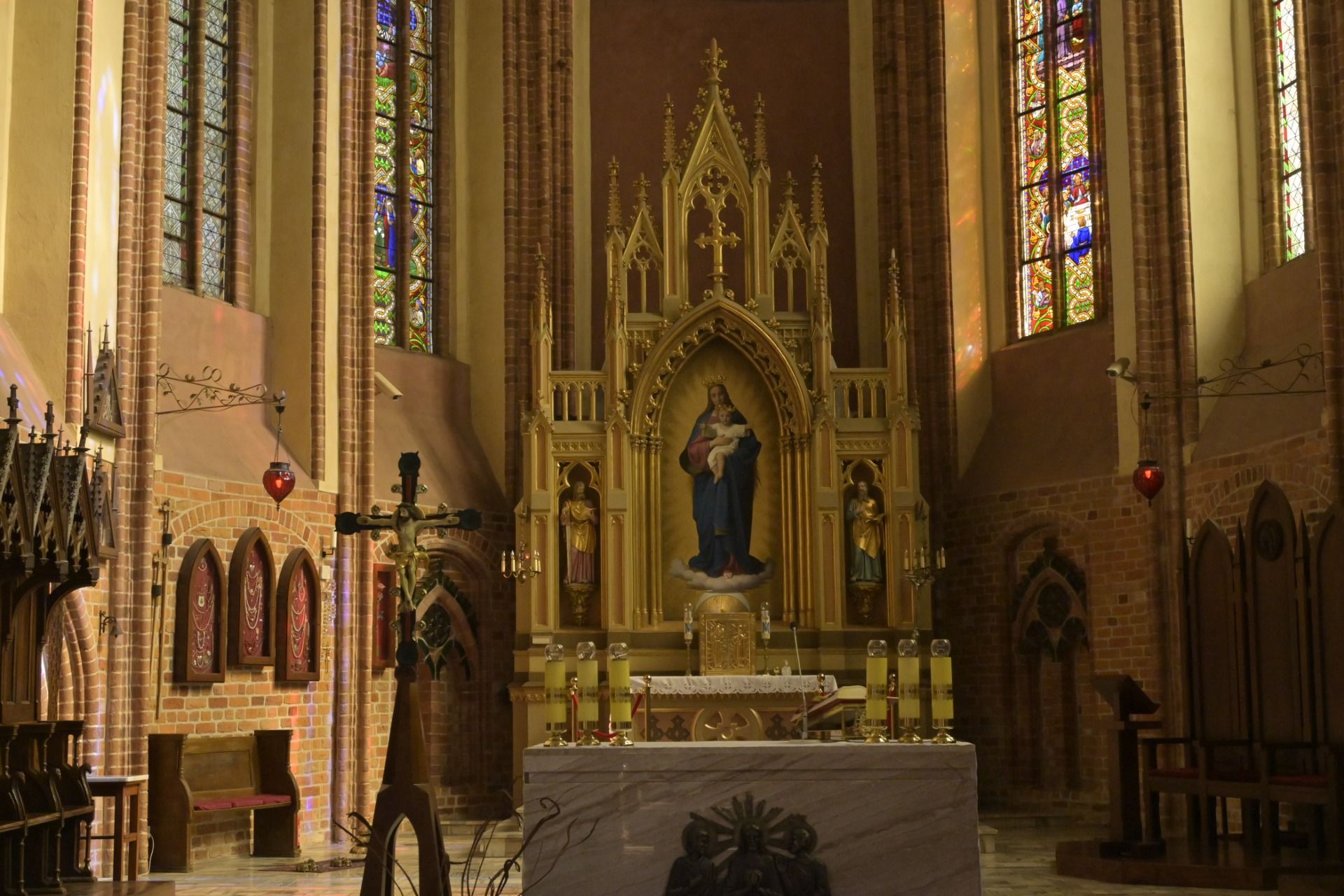
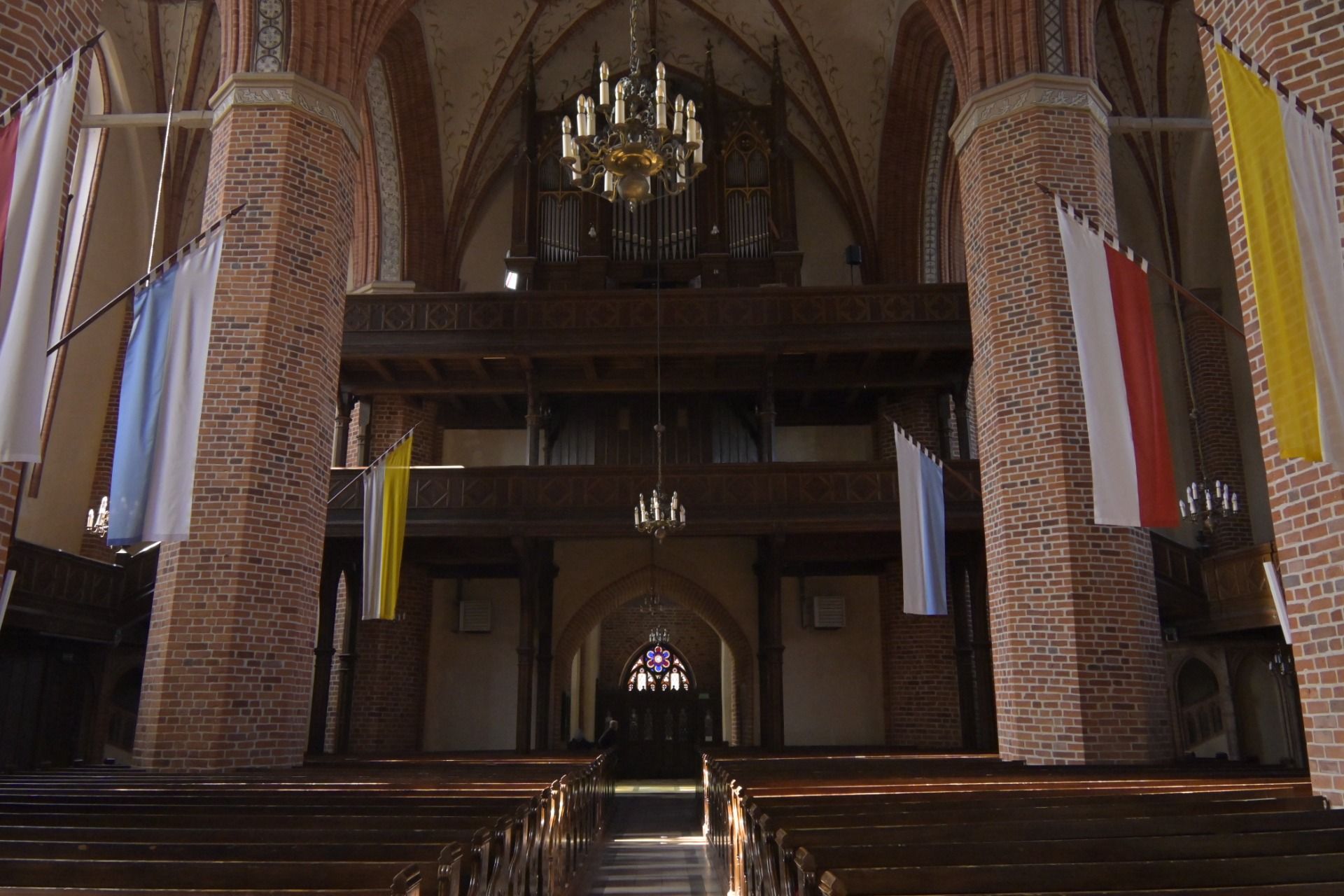
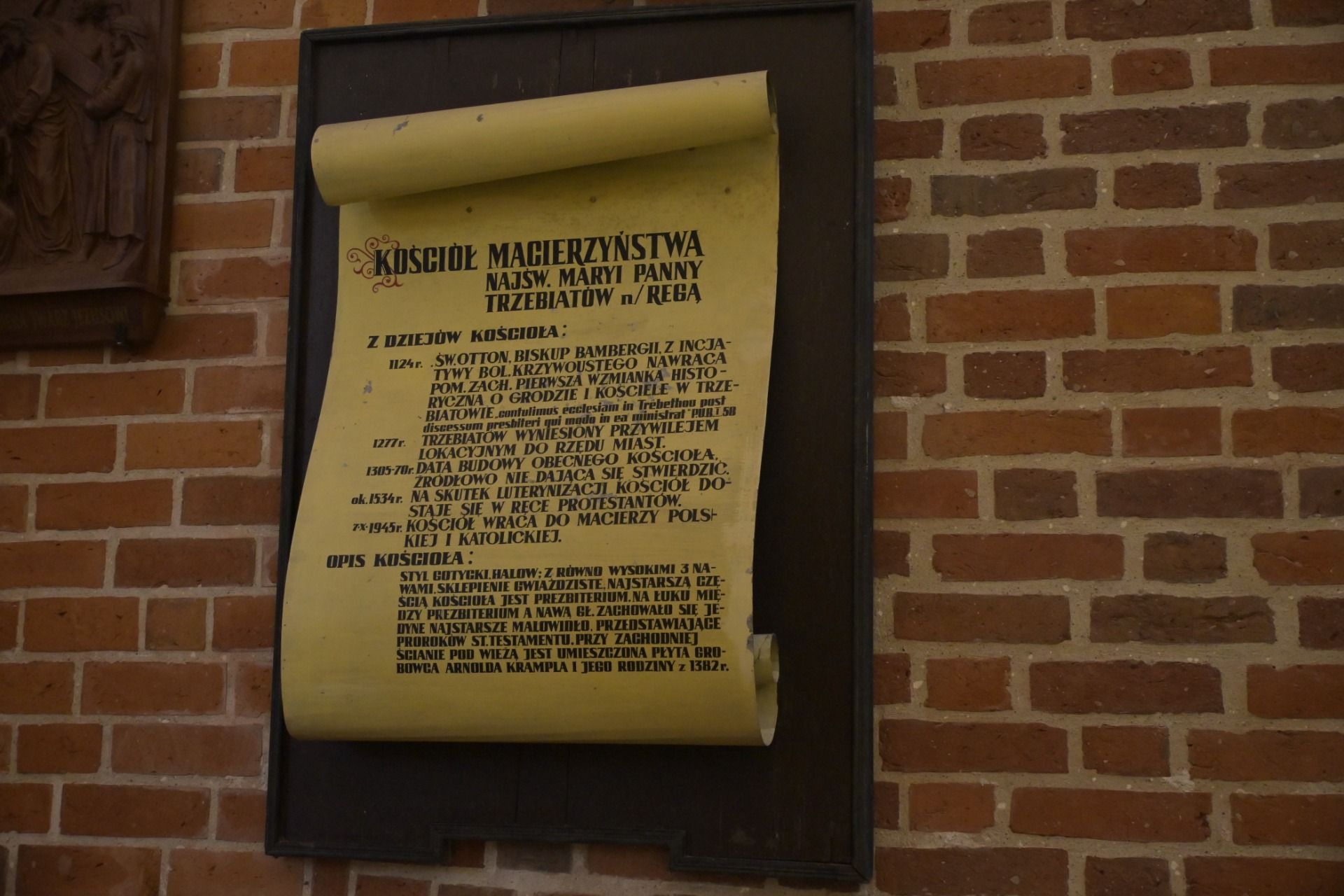

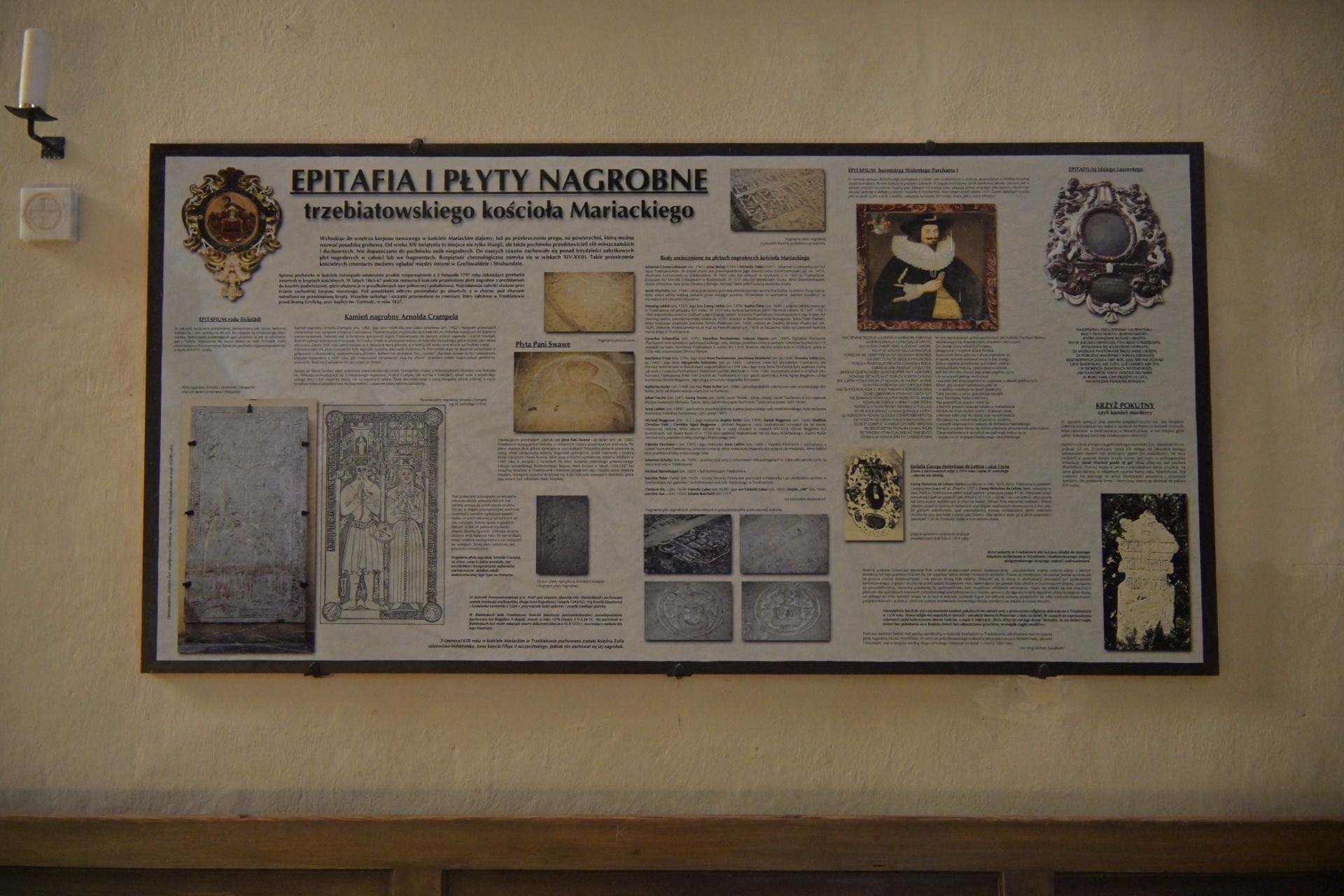
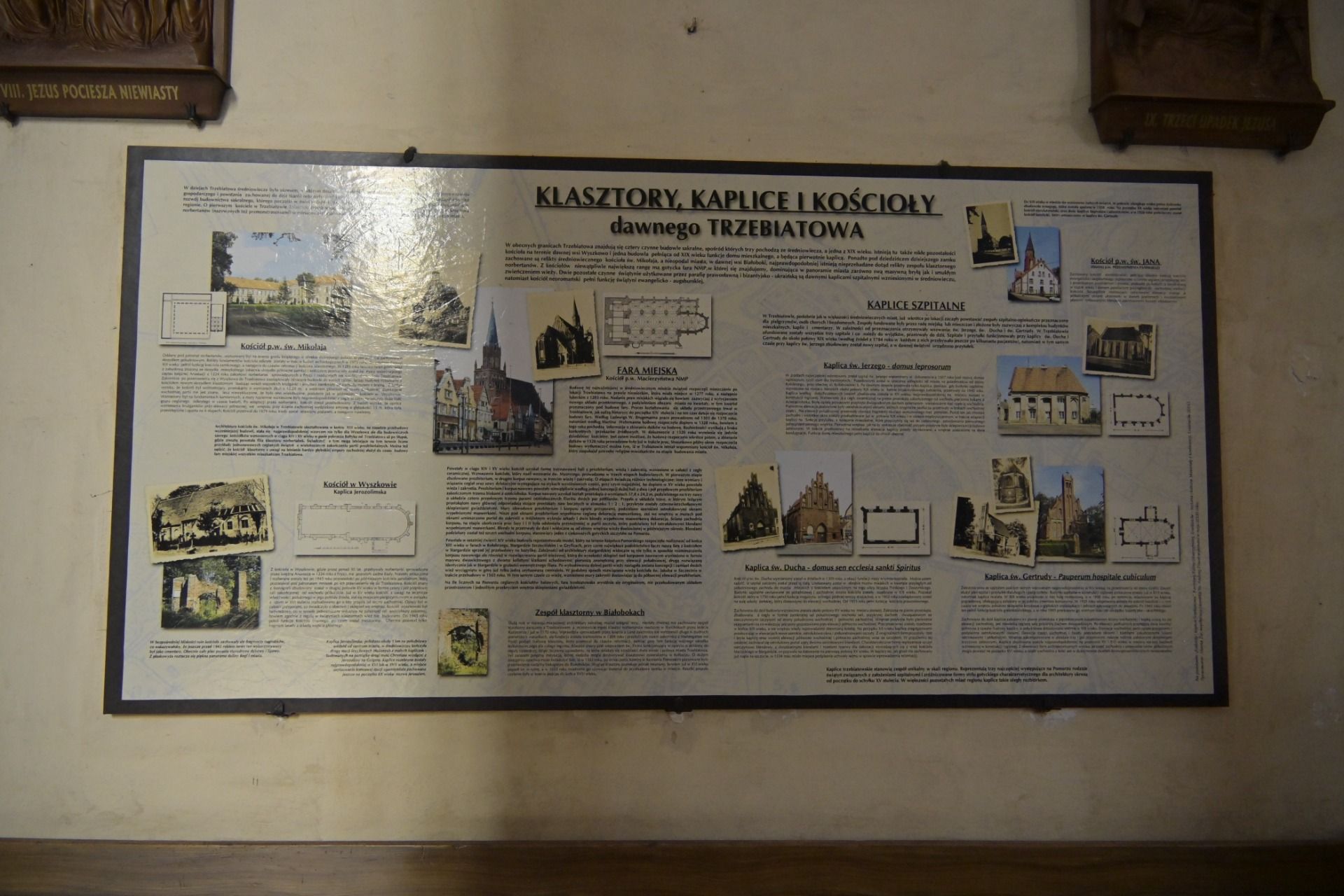
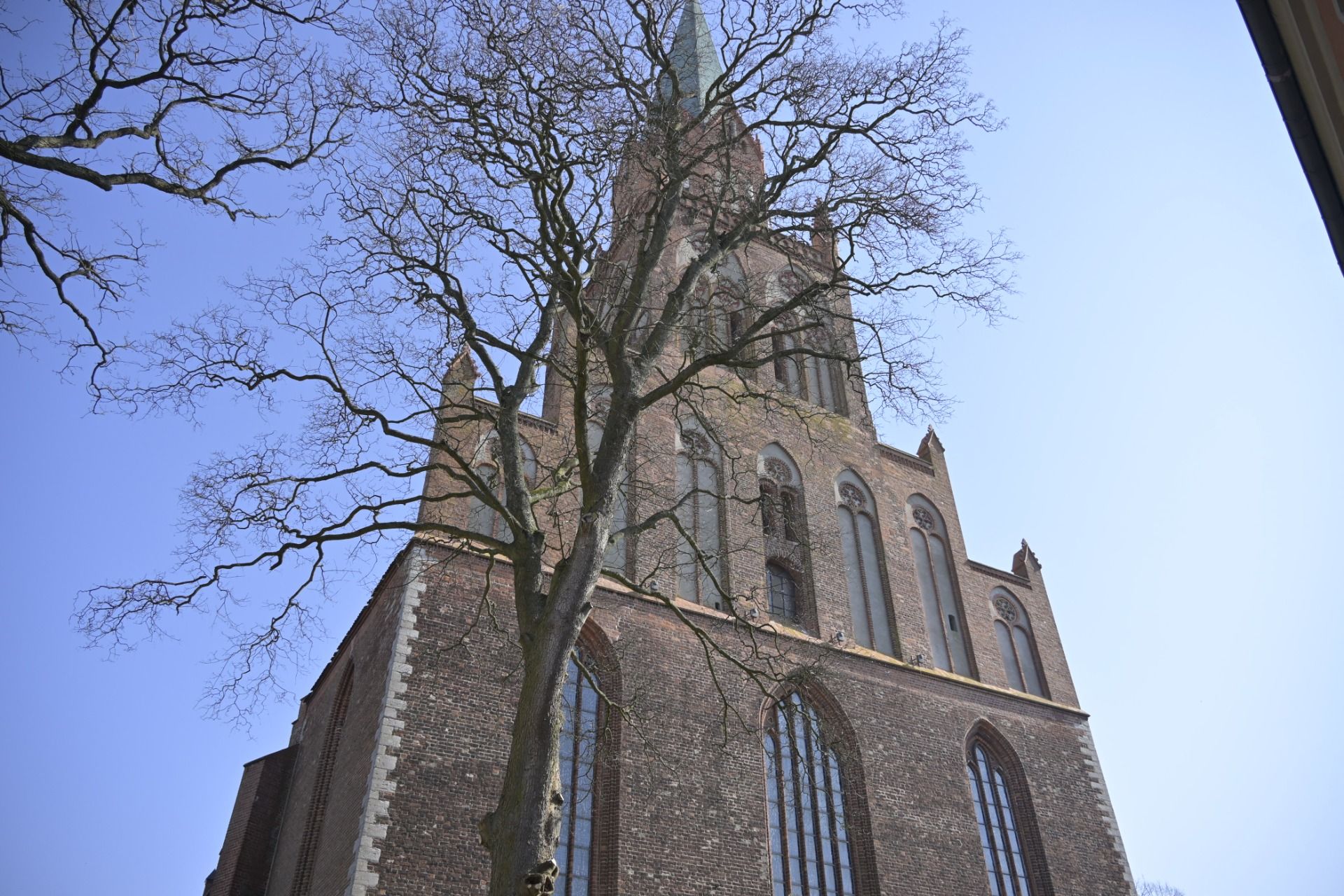
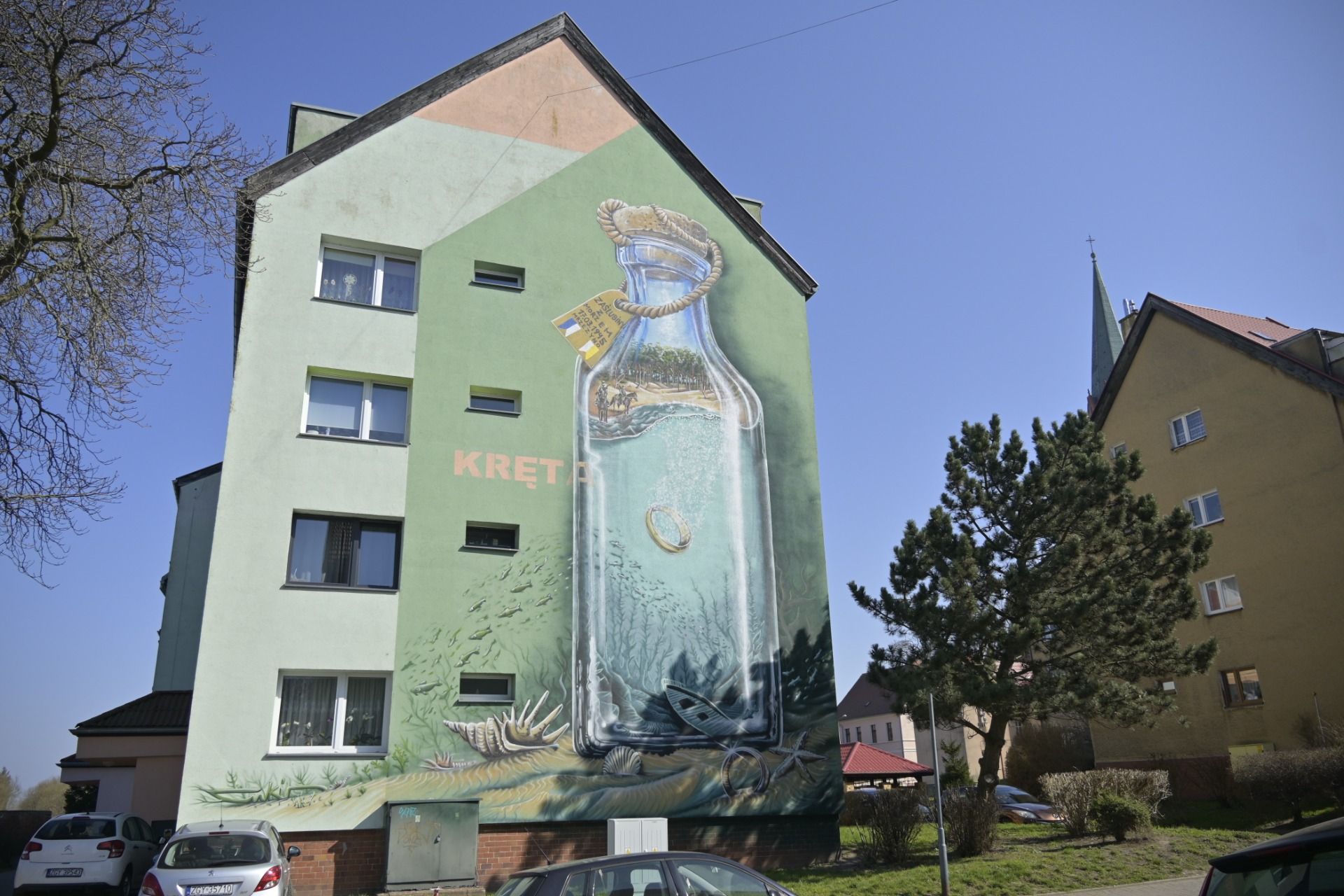

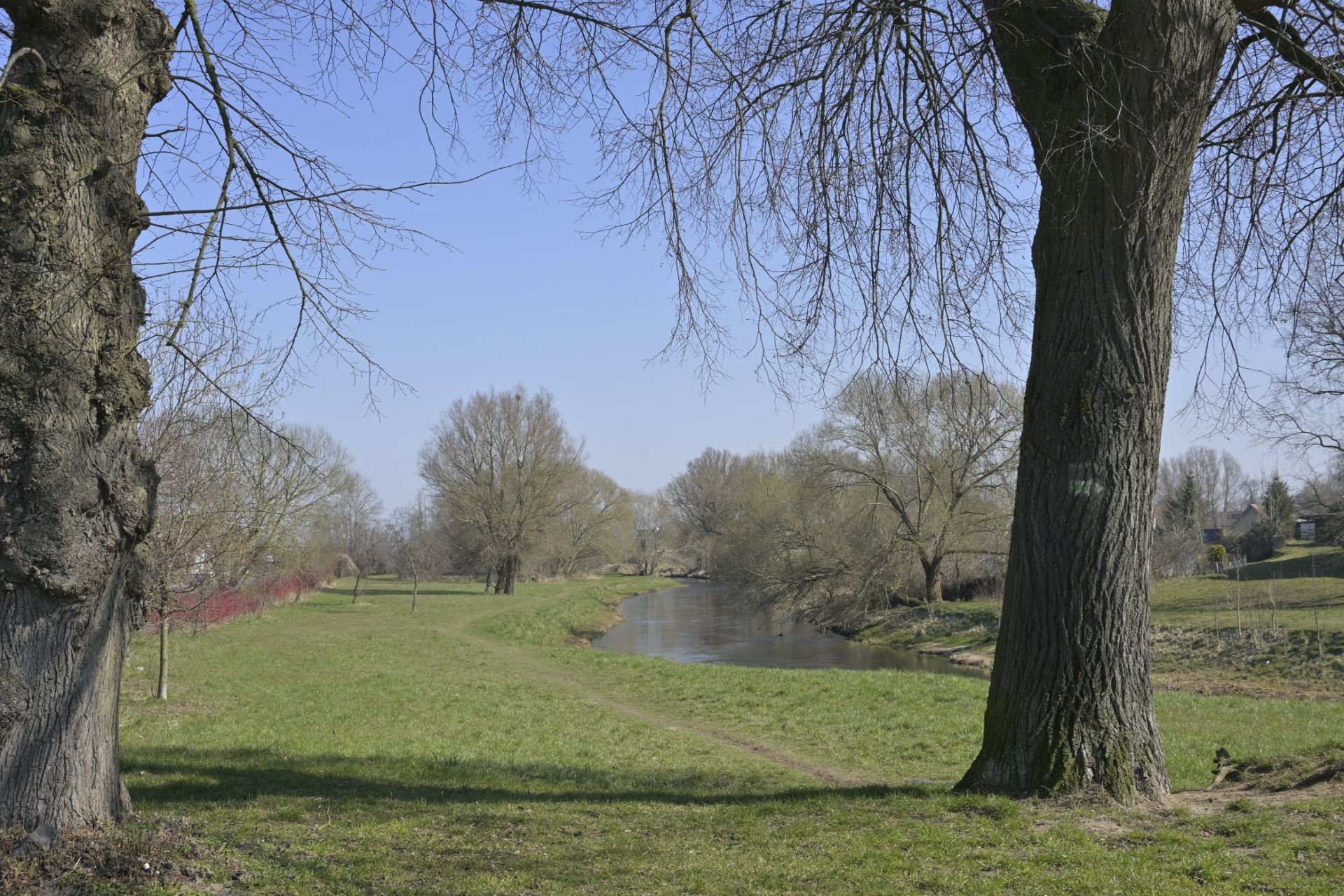
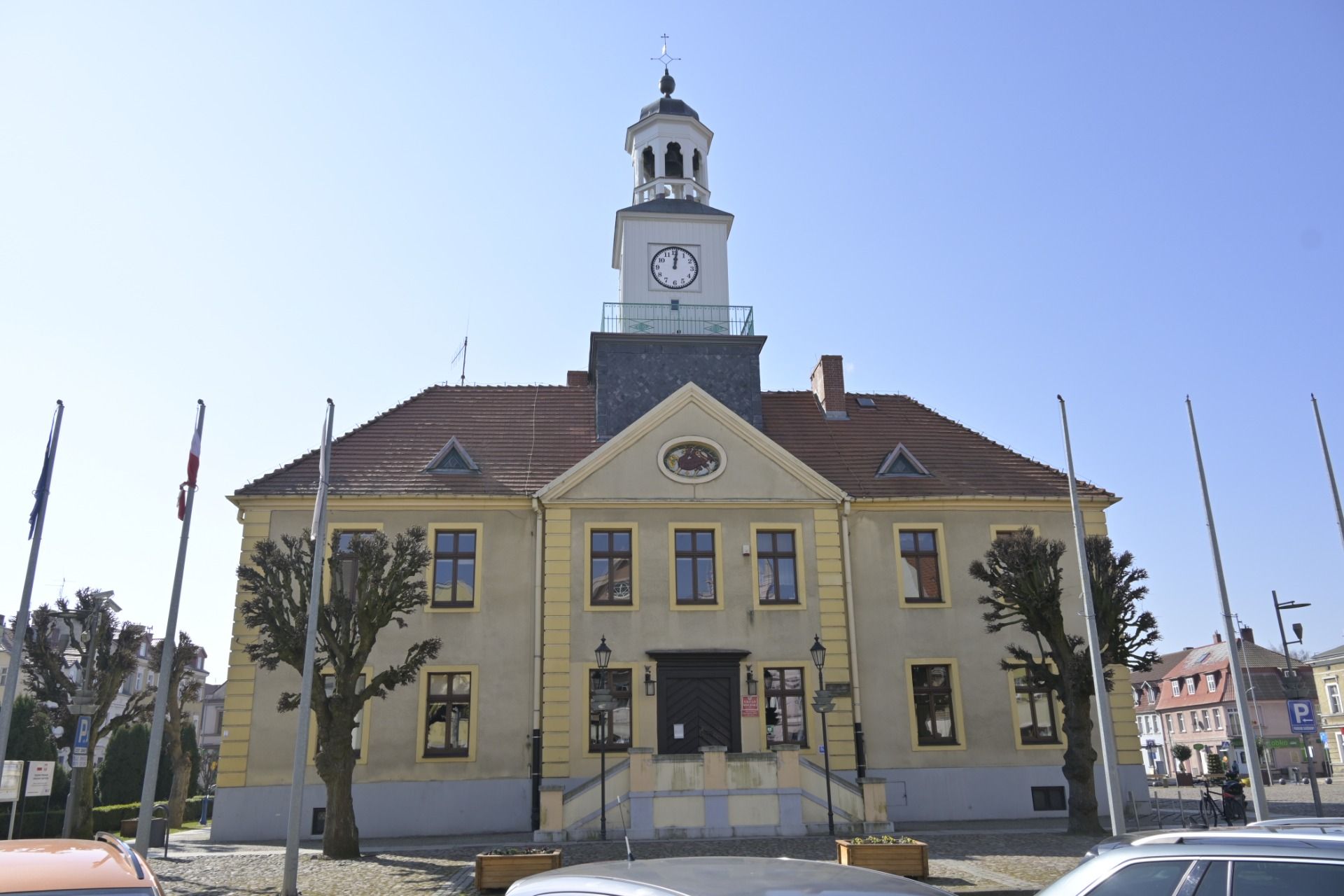

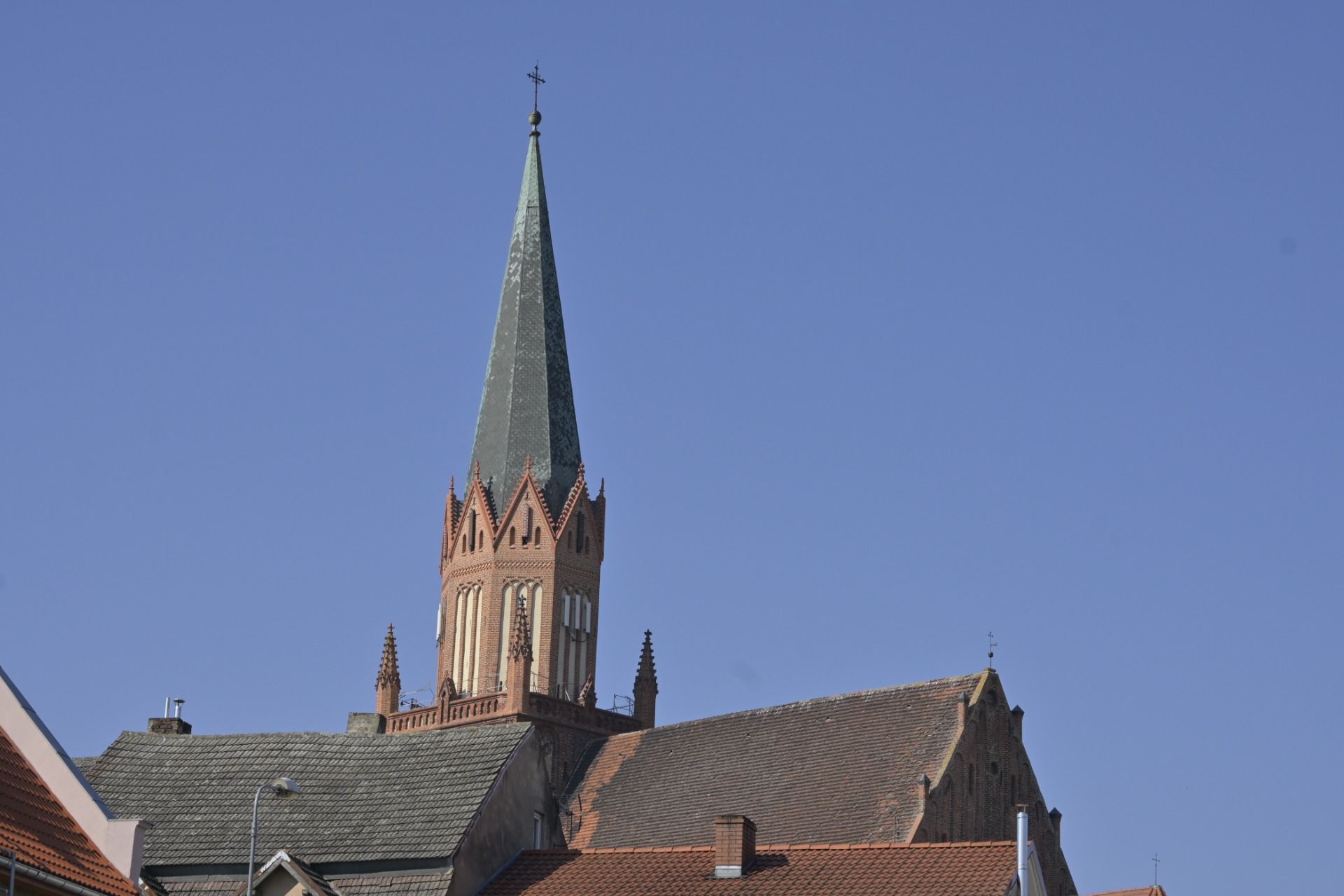
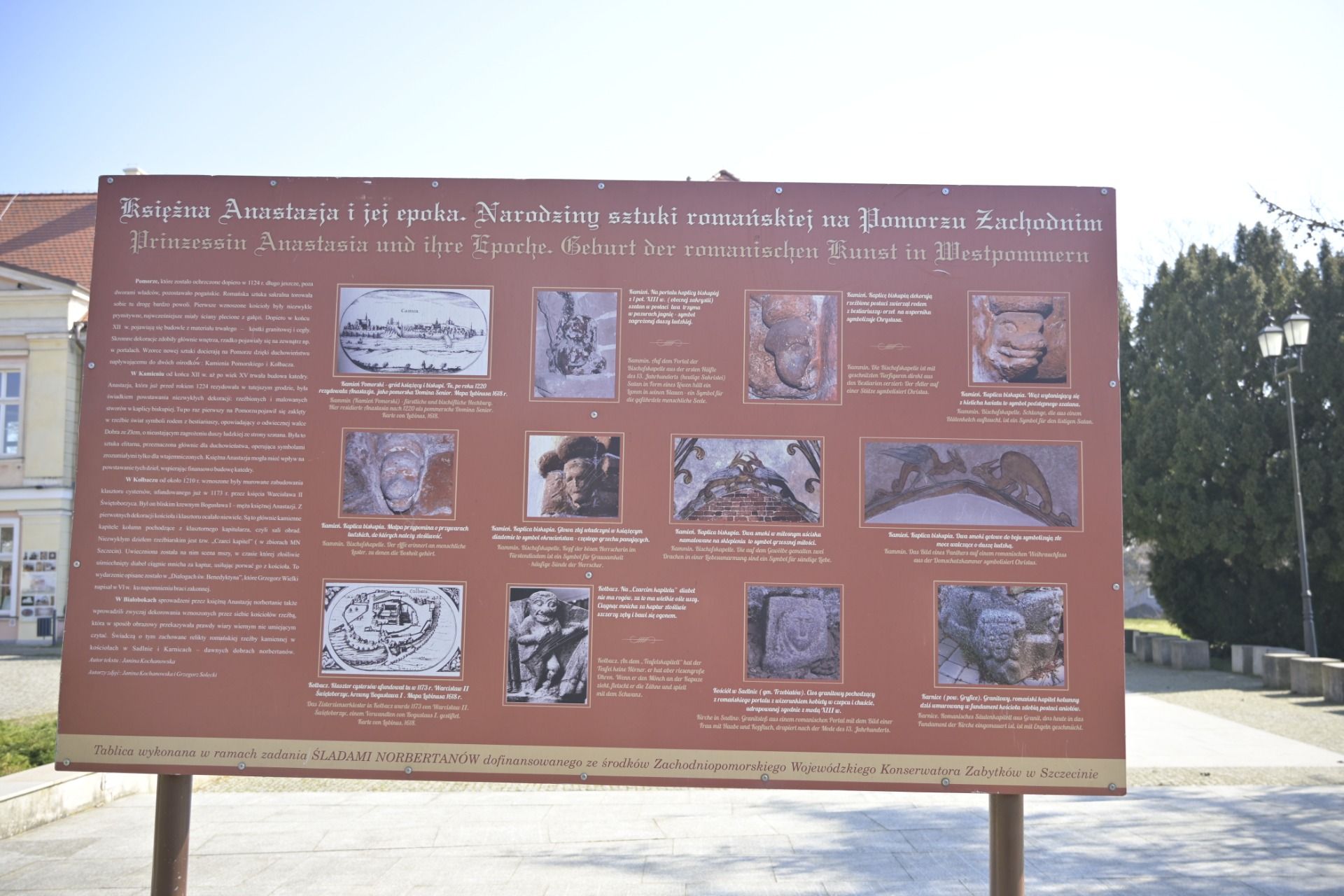
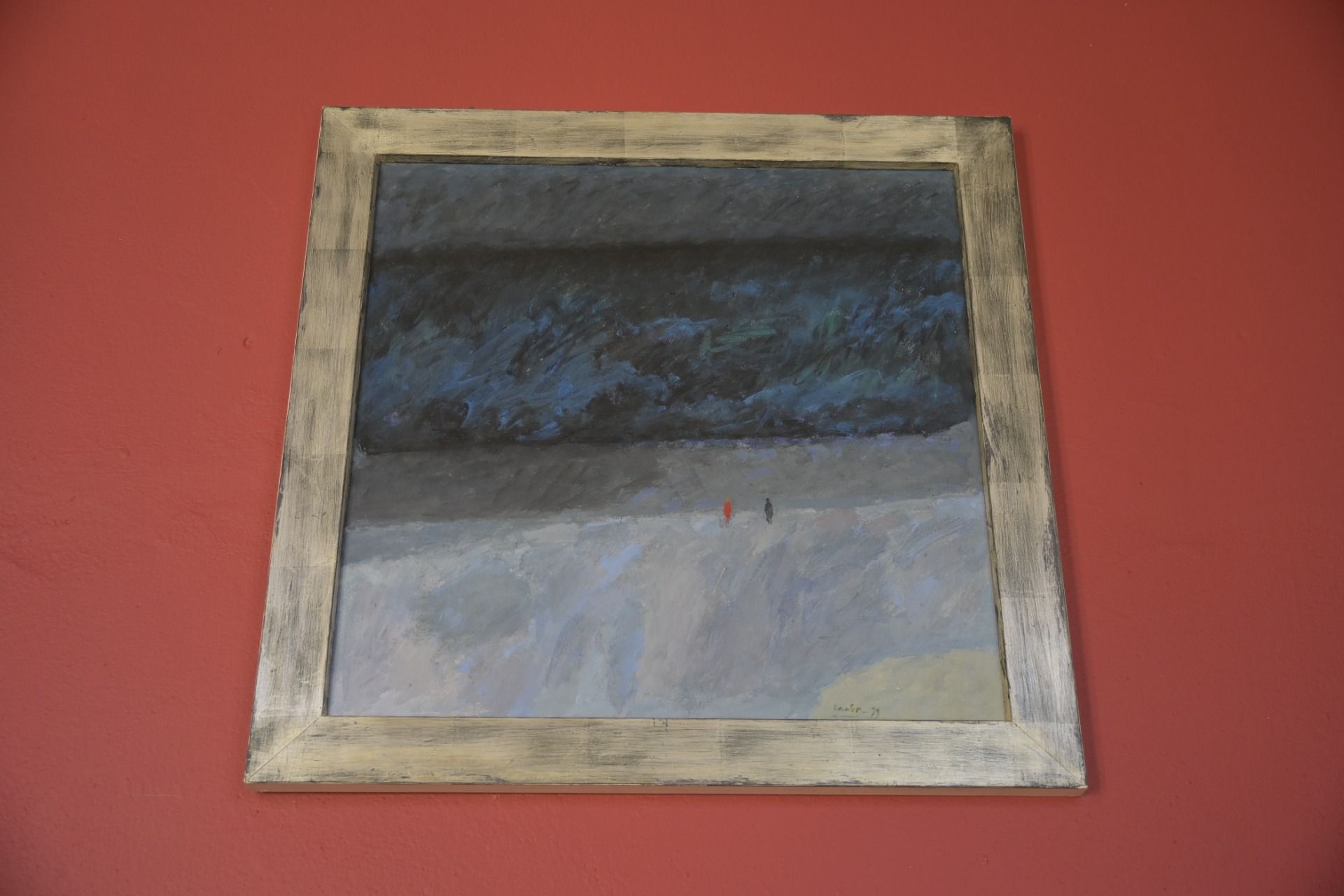
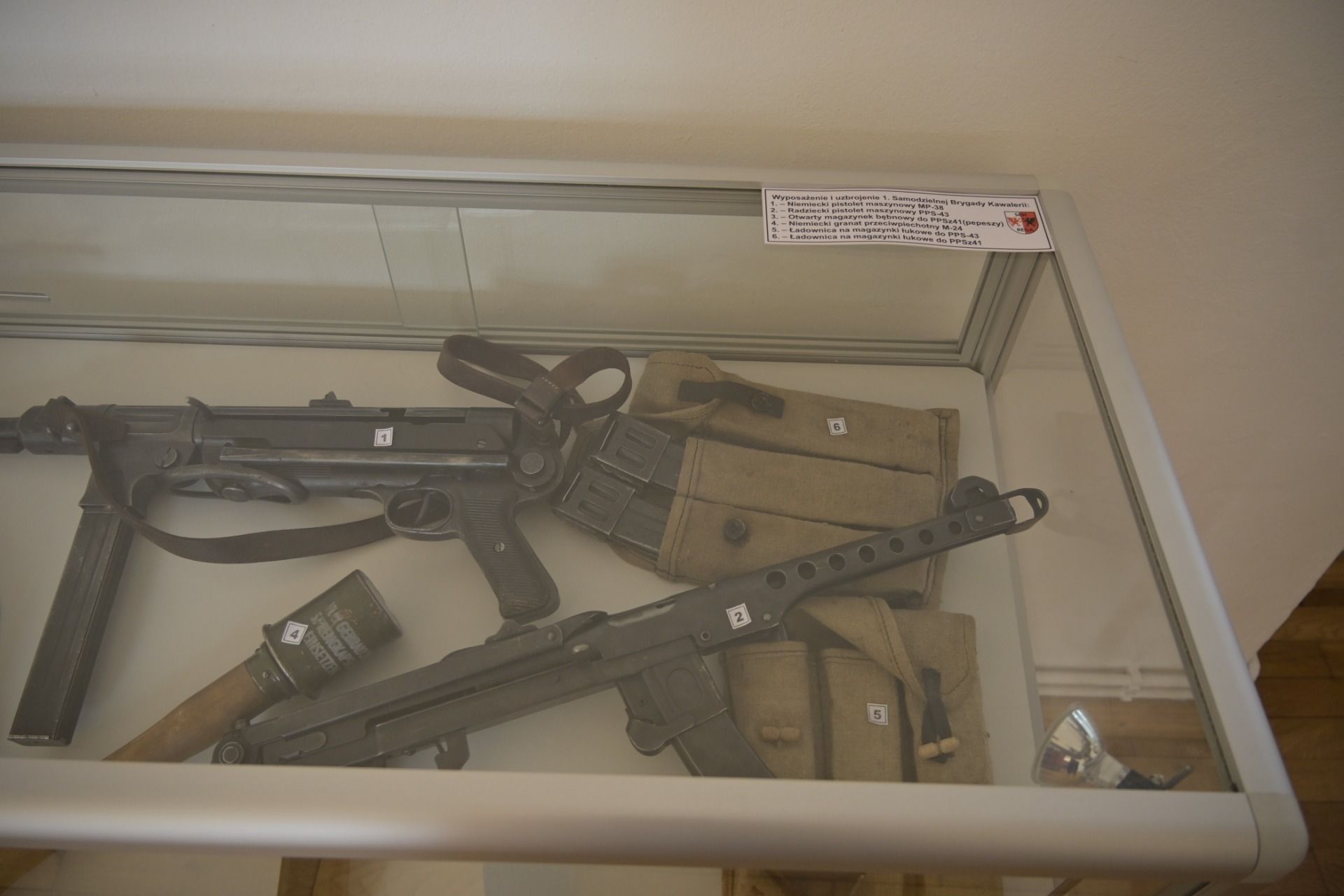



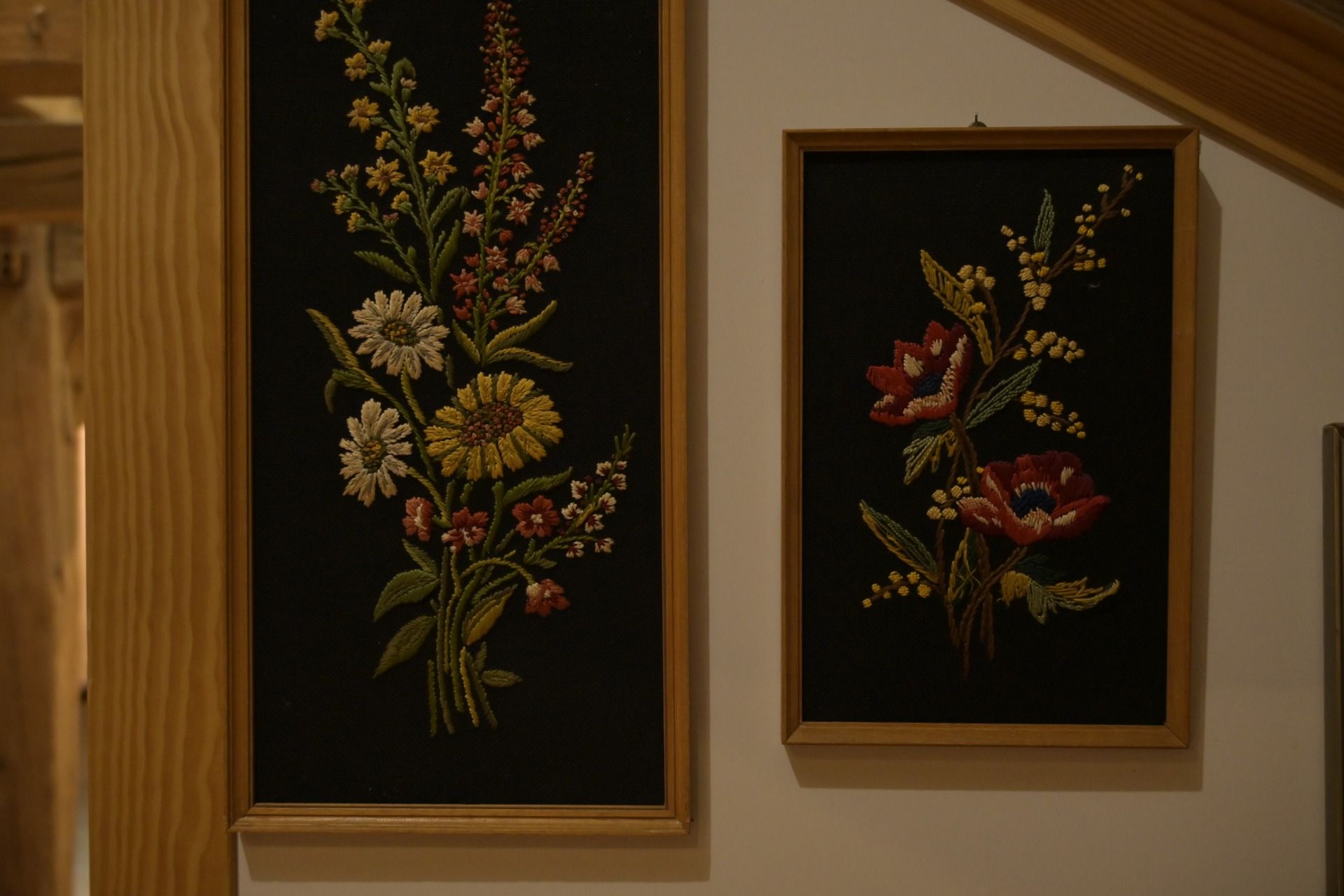

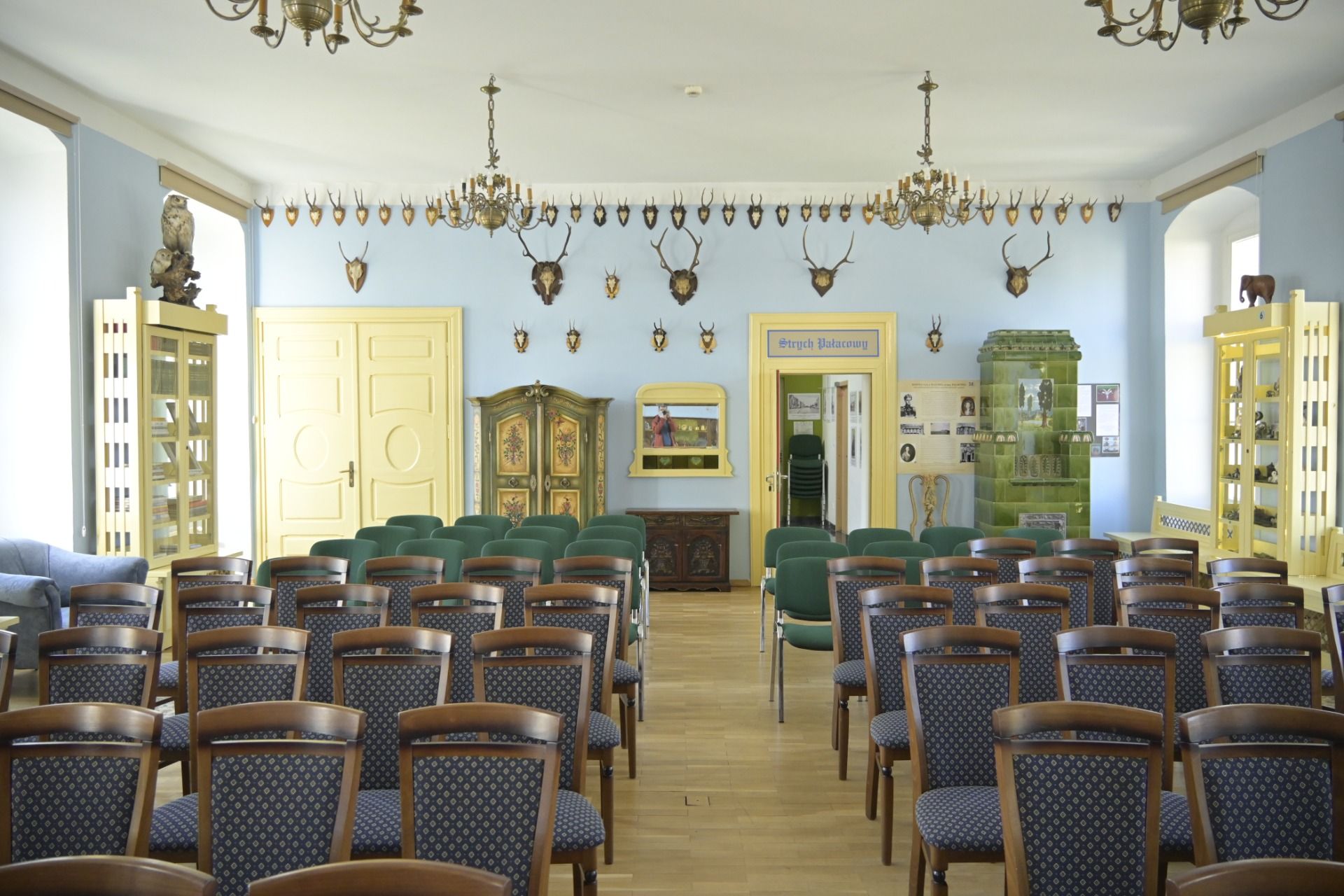
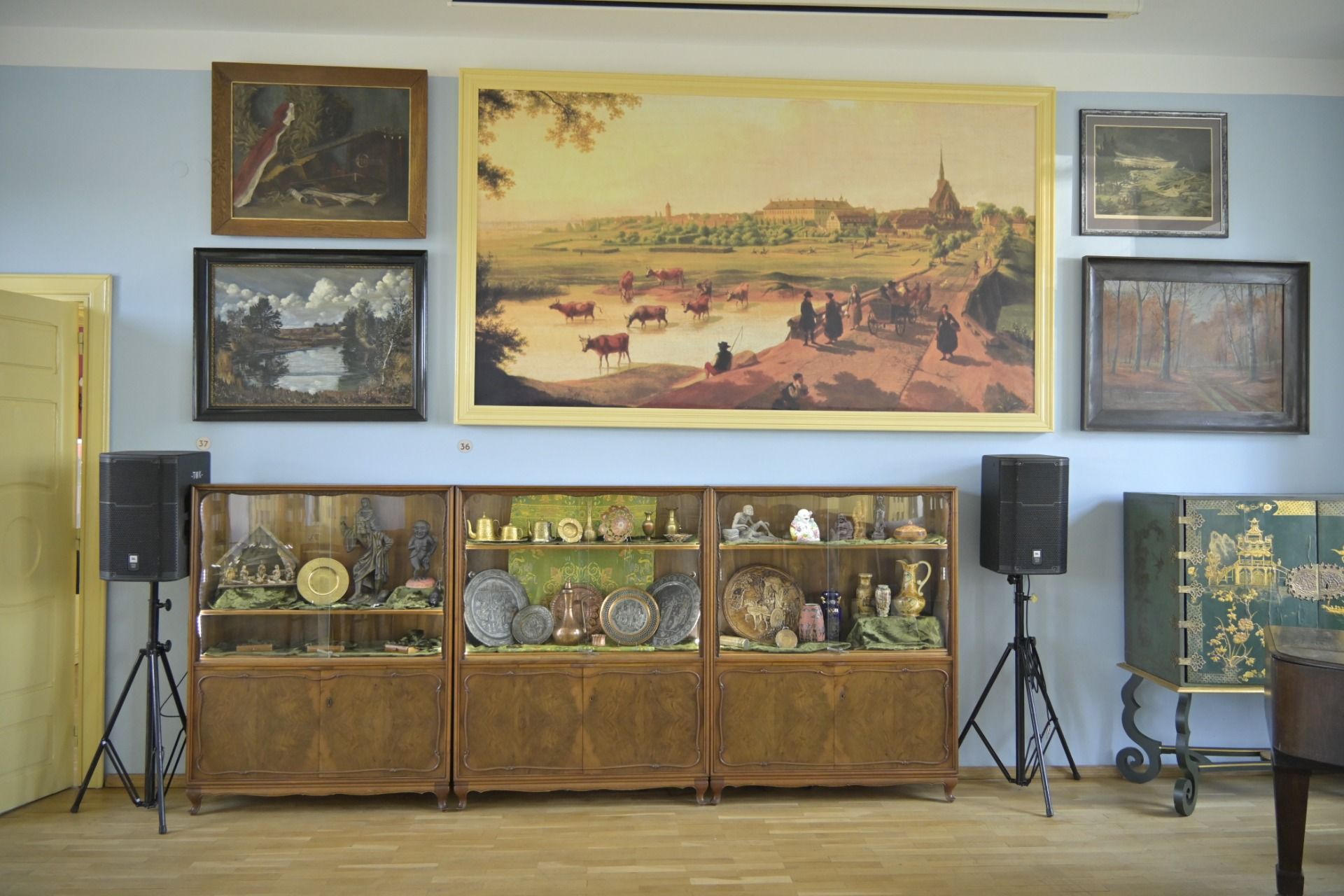

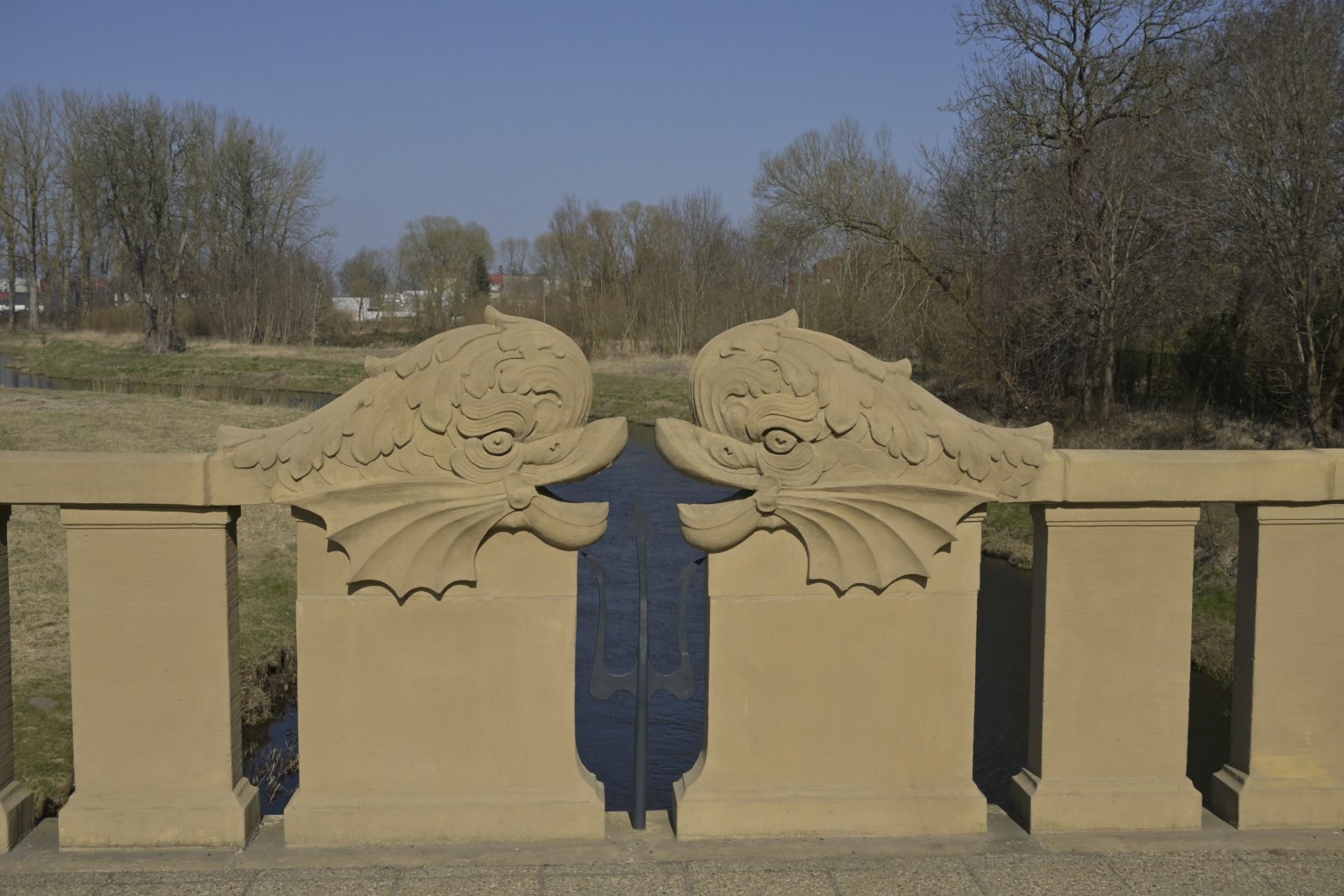
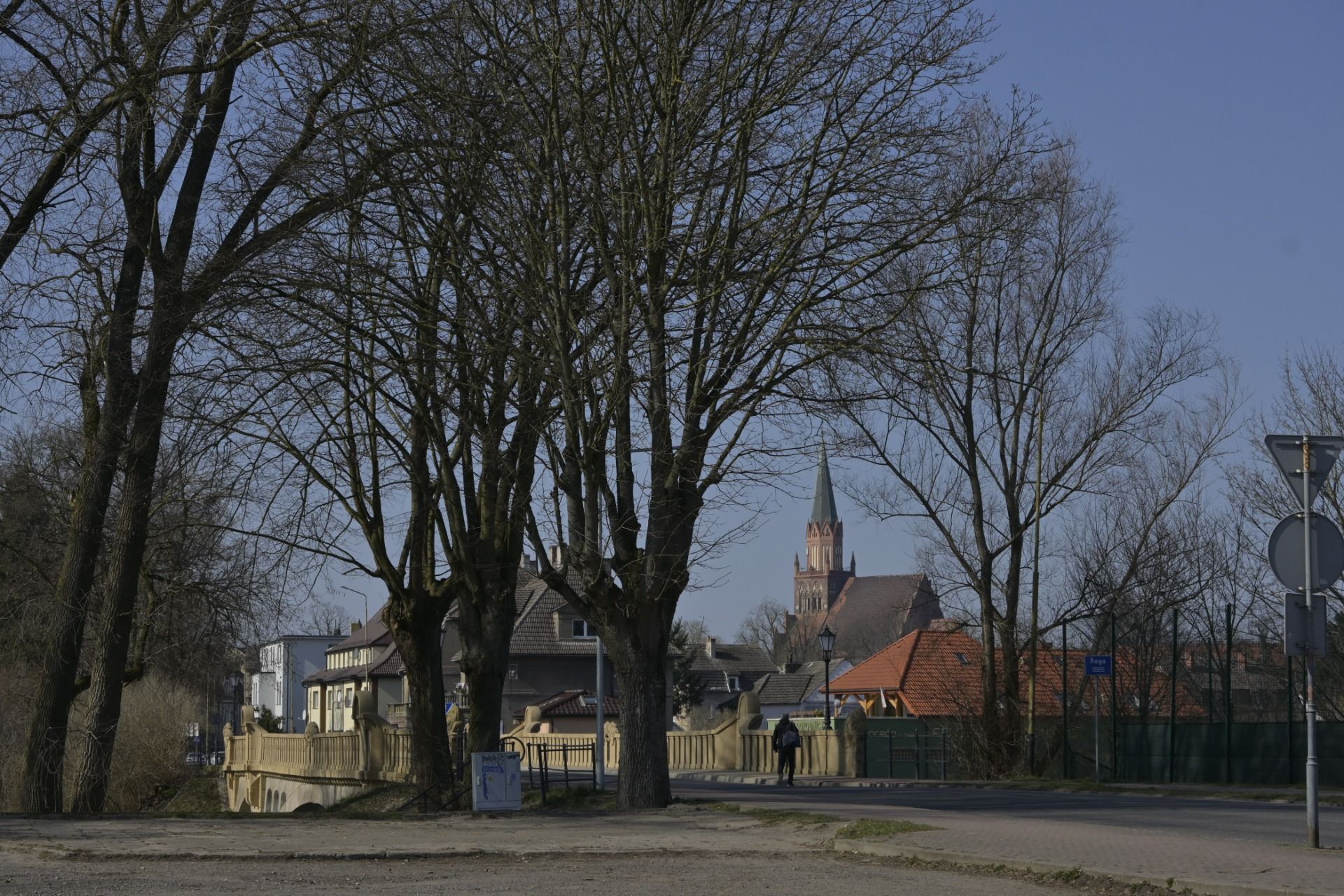

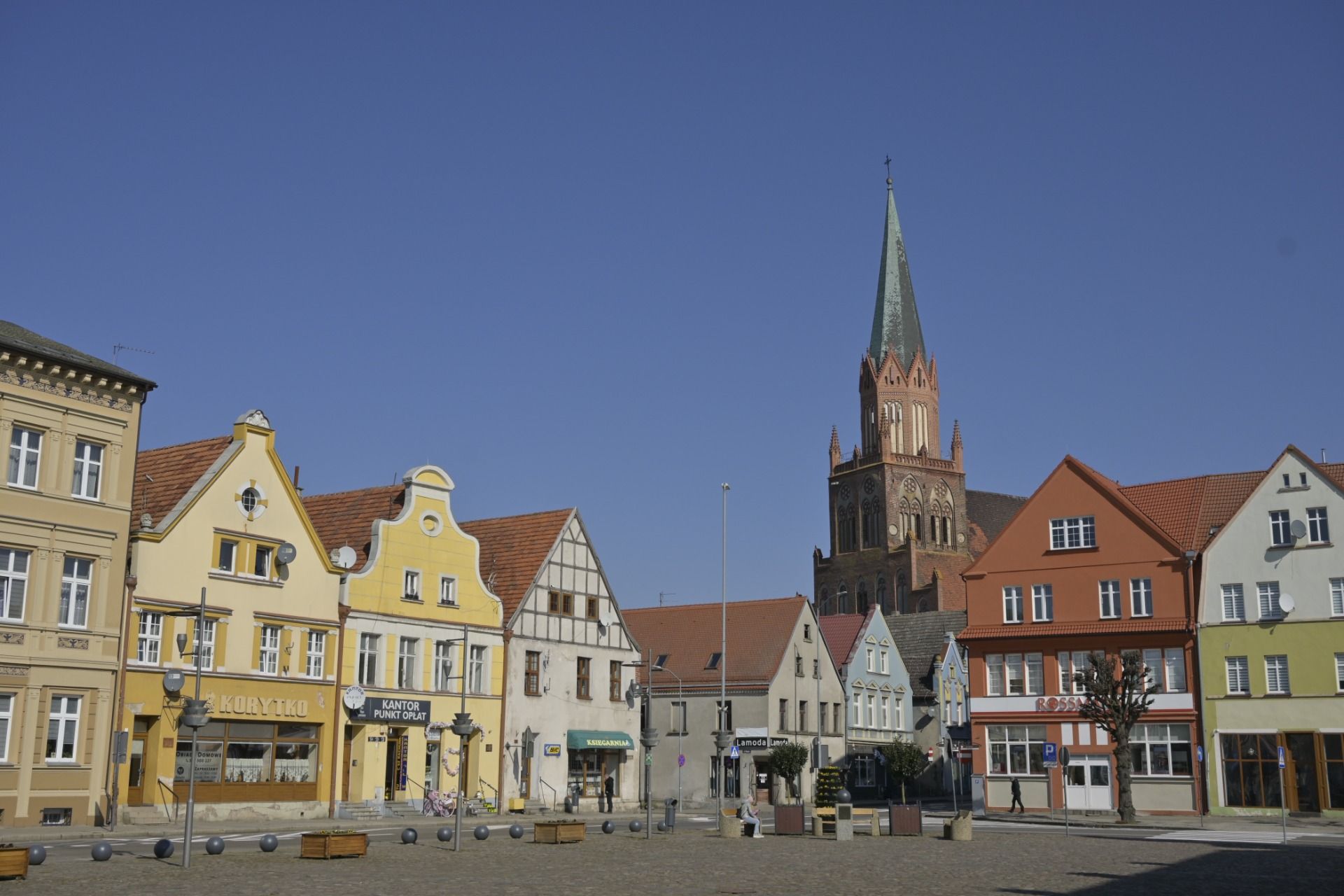
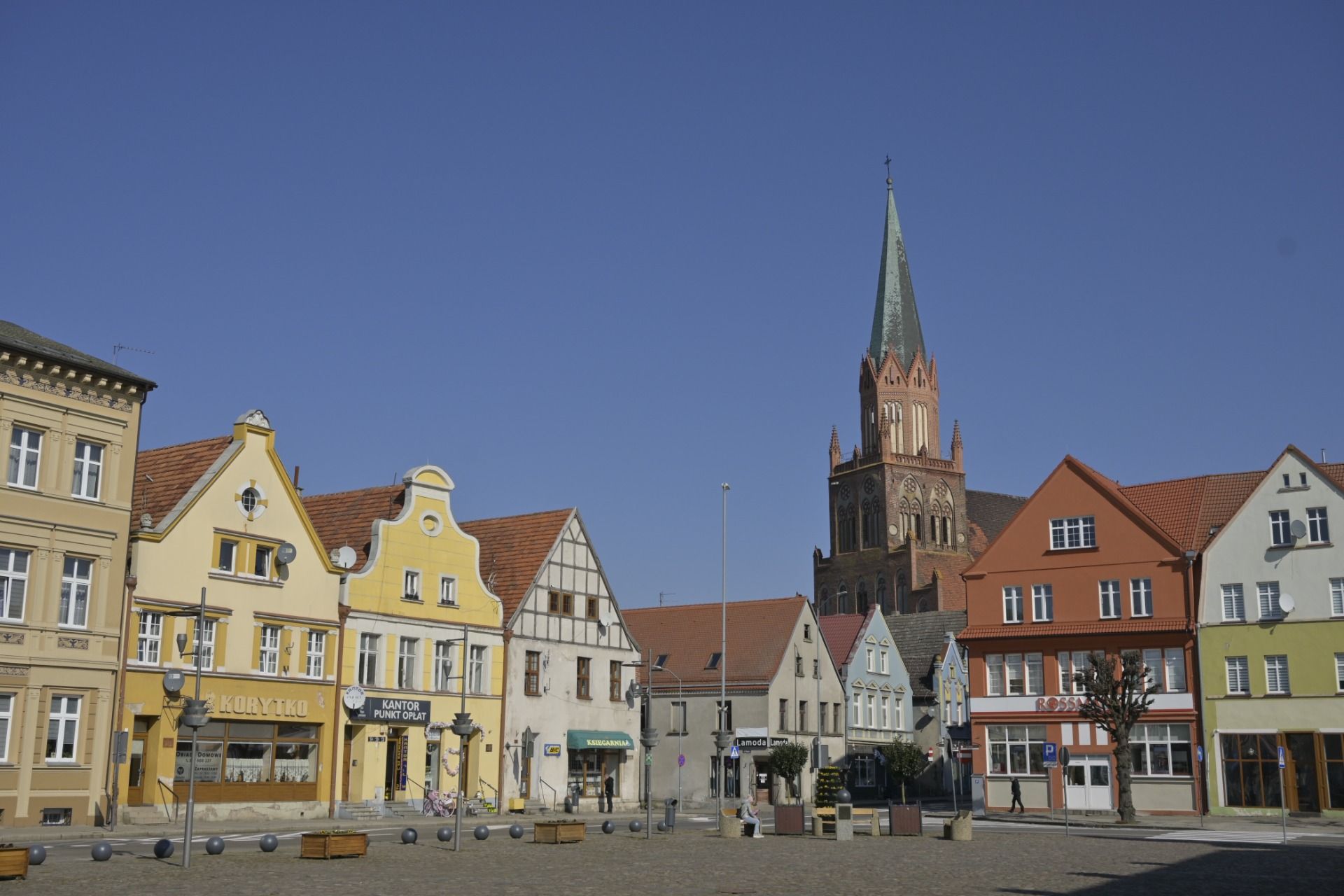

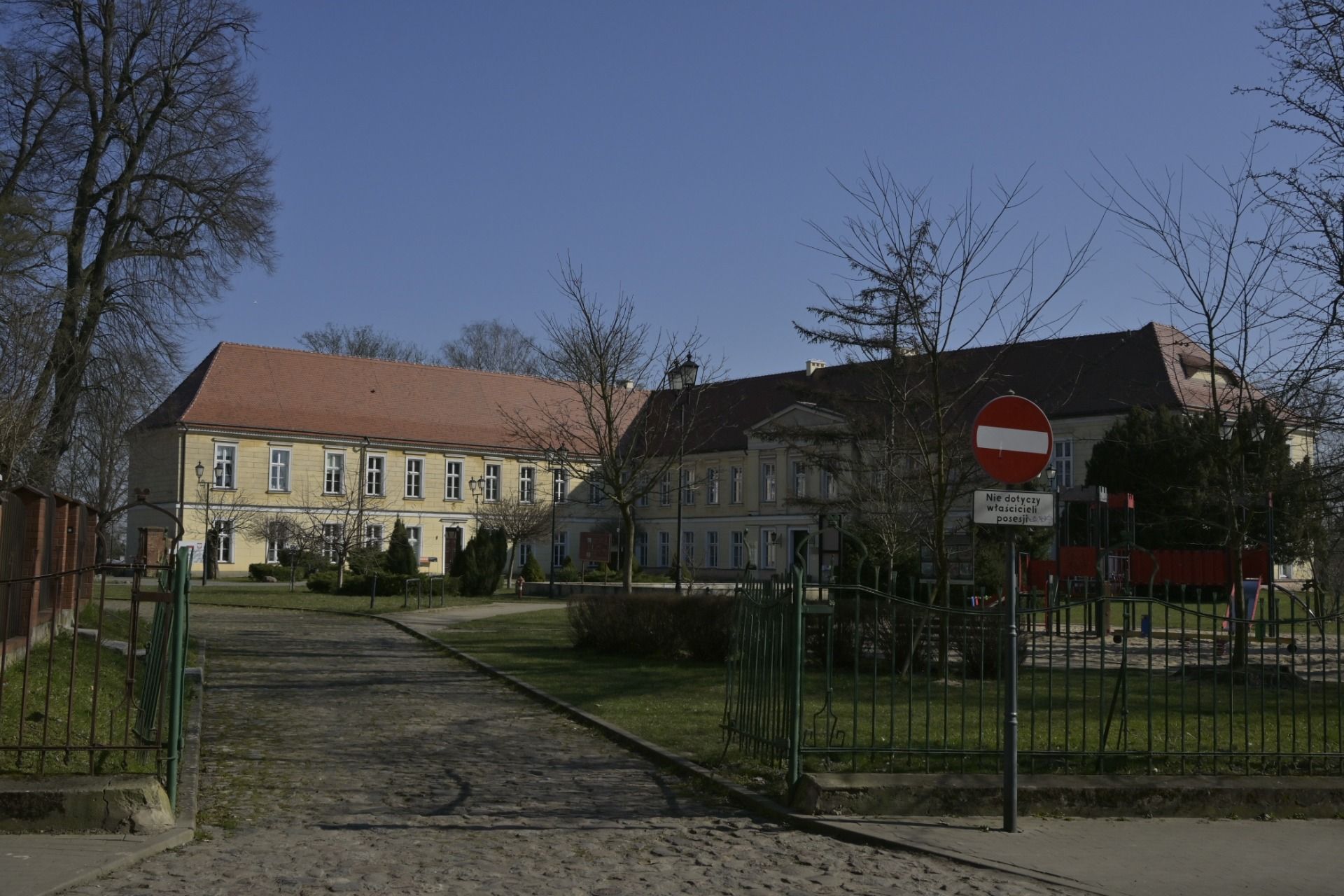
 Gryfice County
Gryfice County